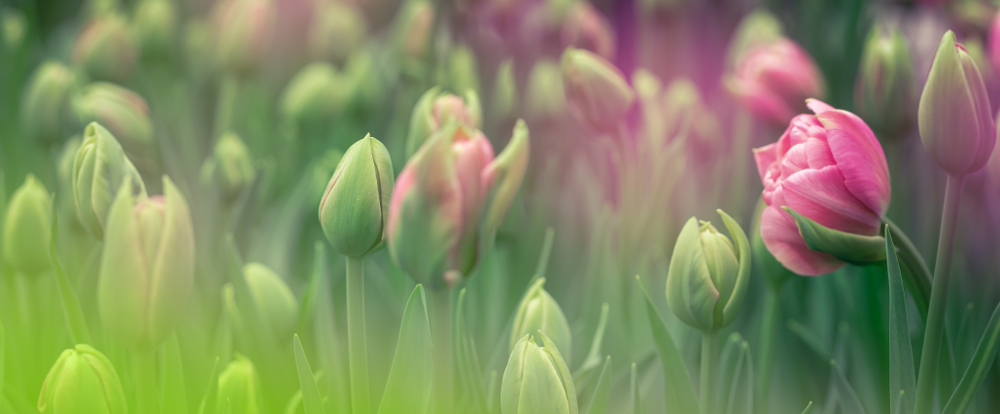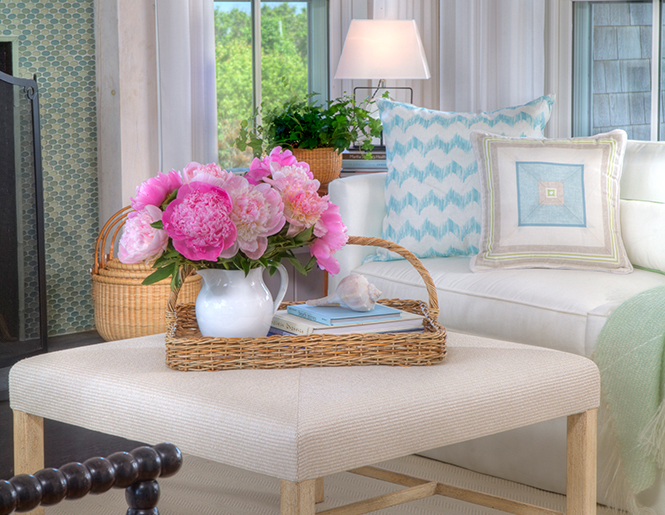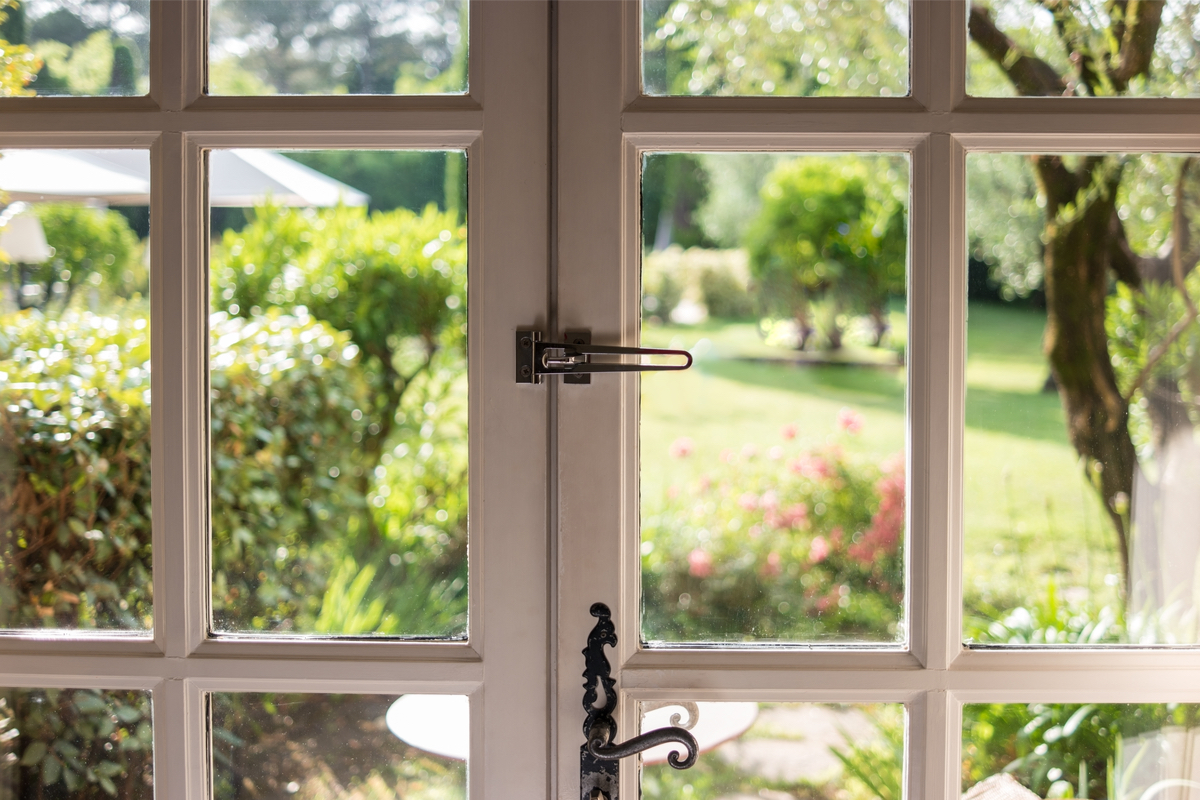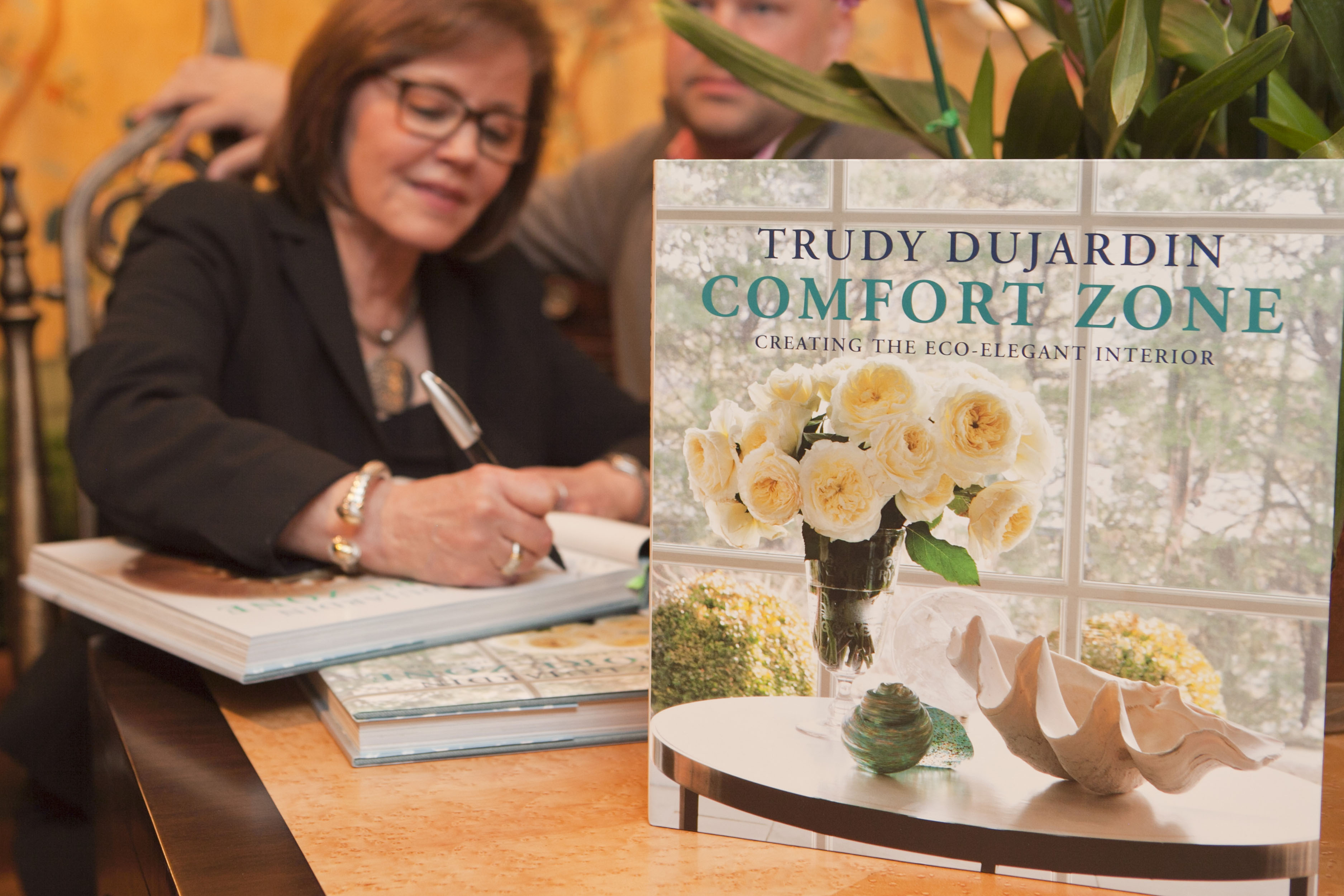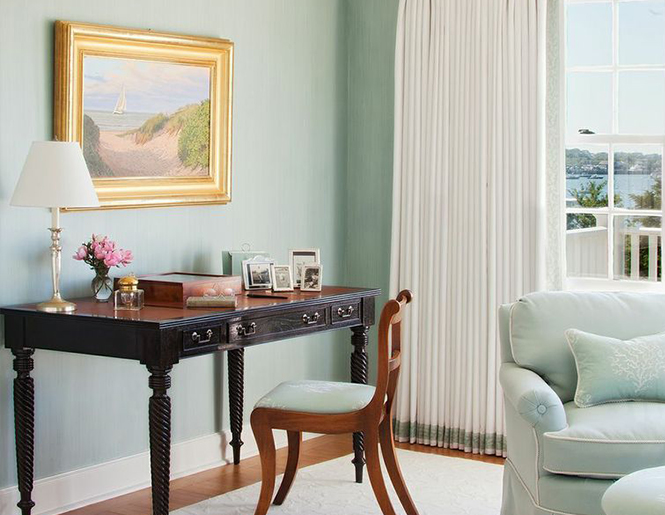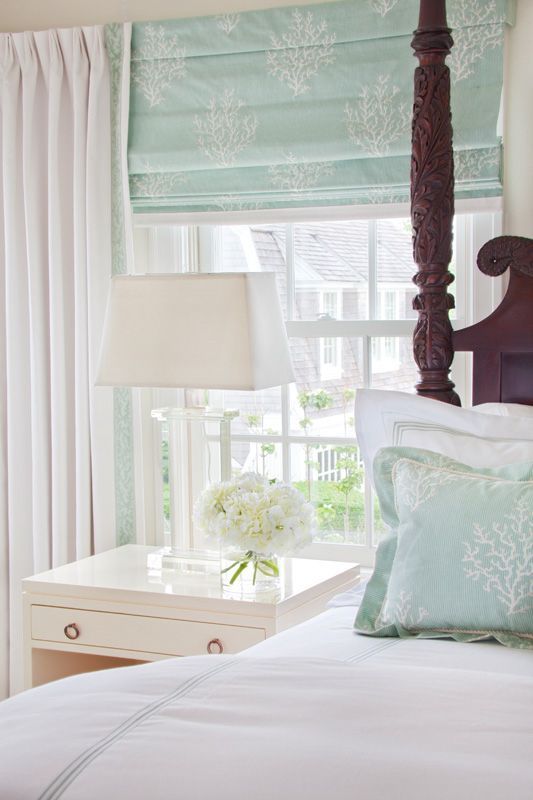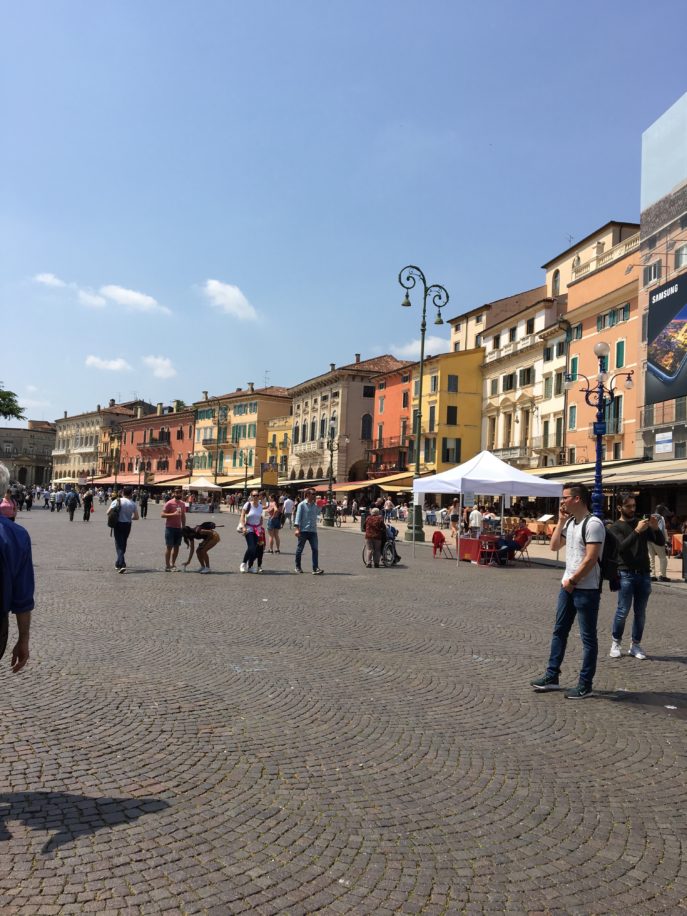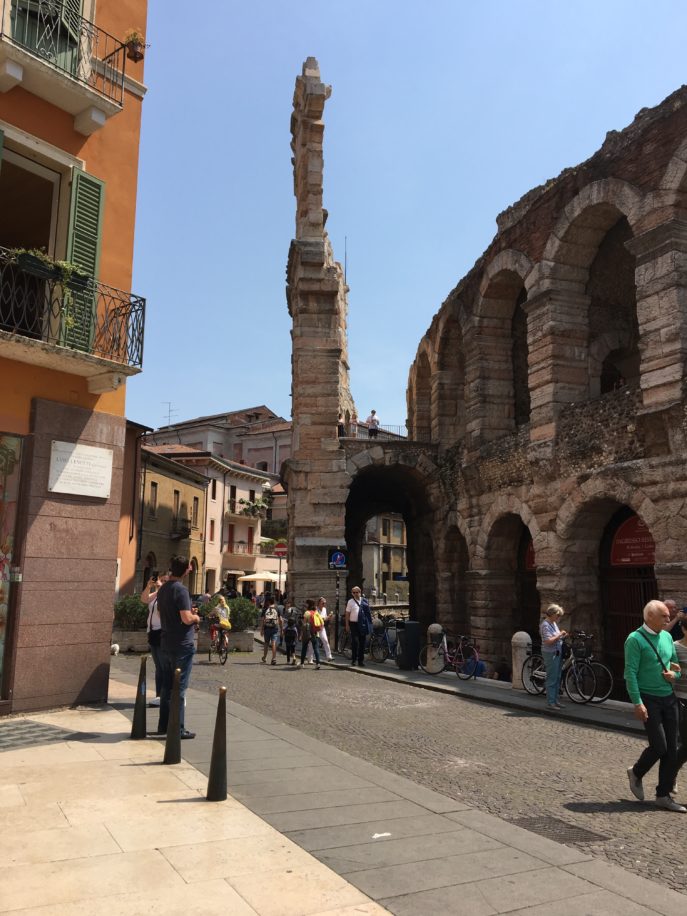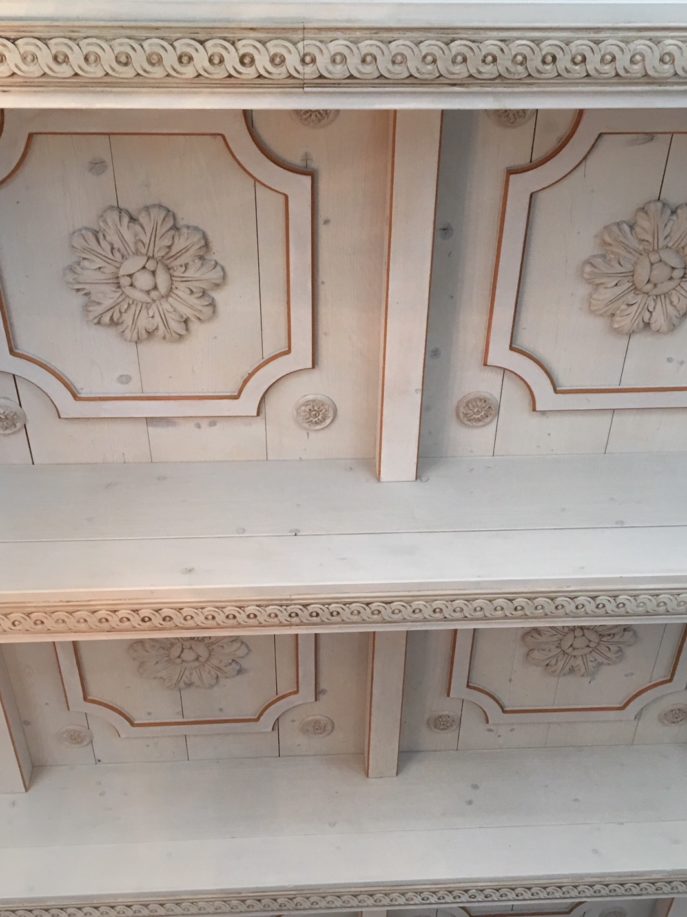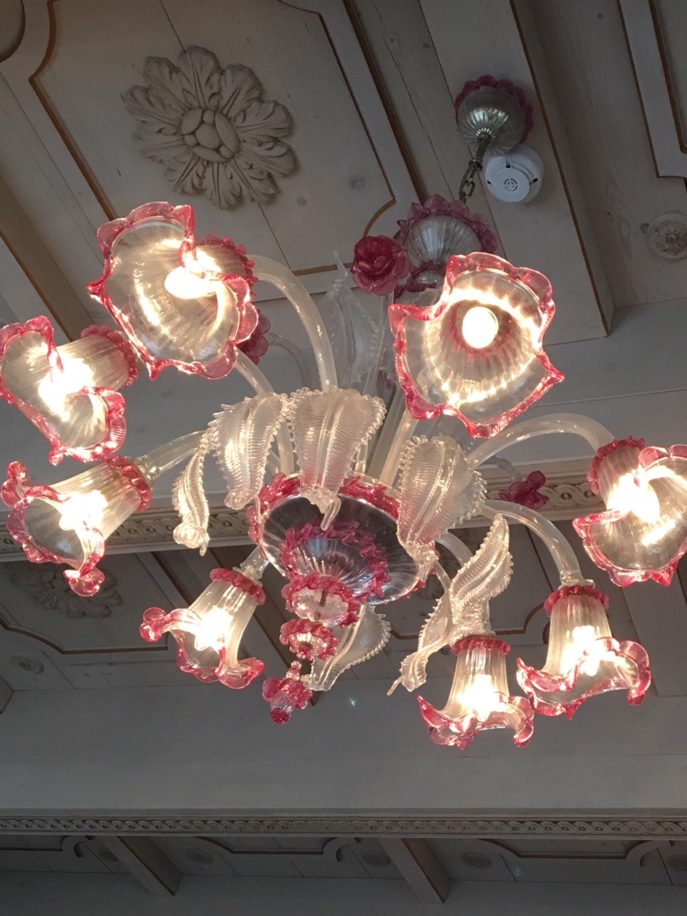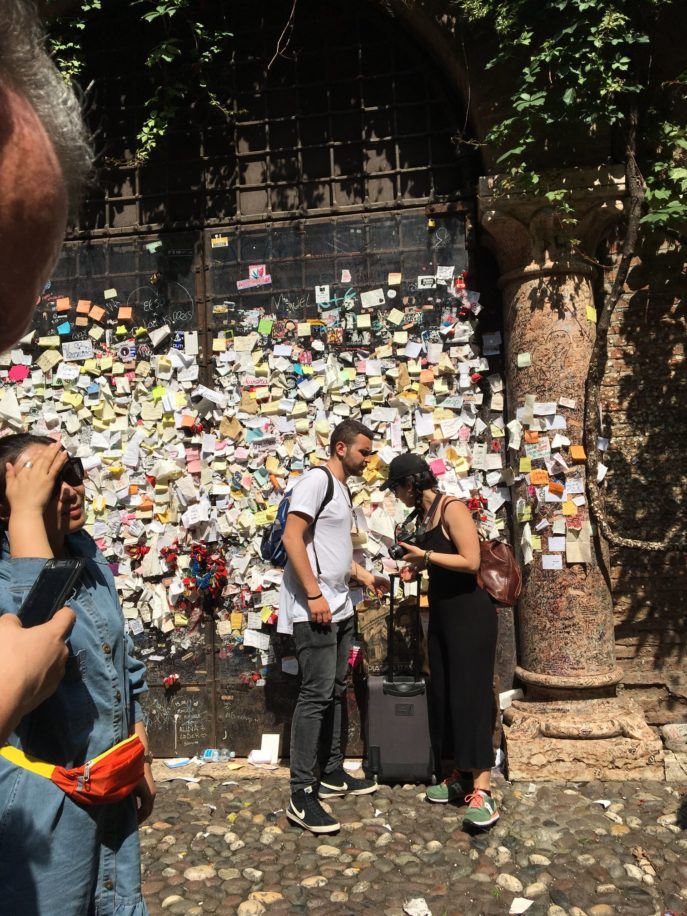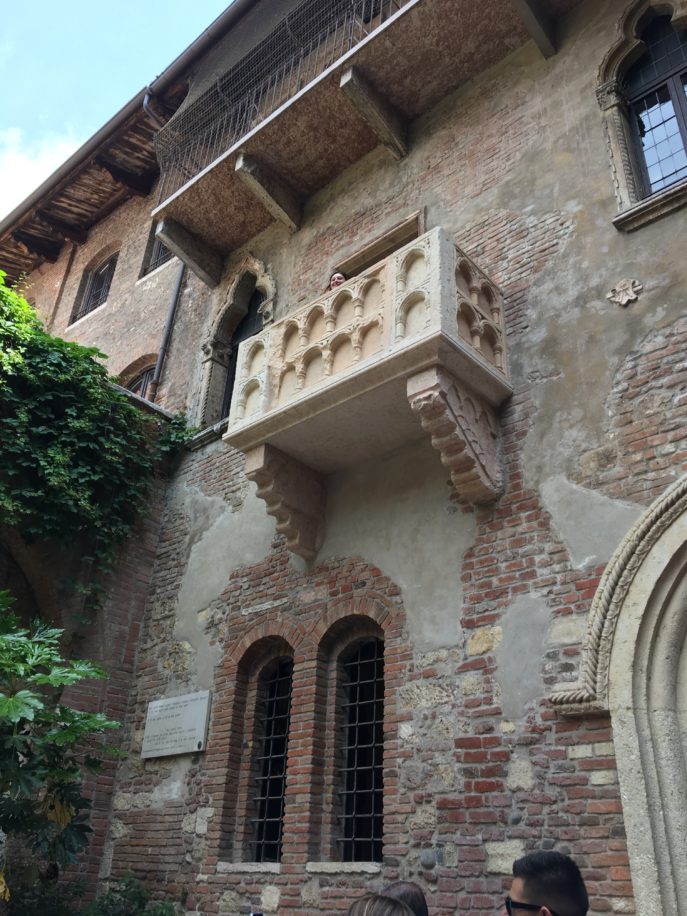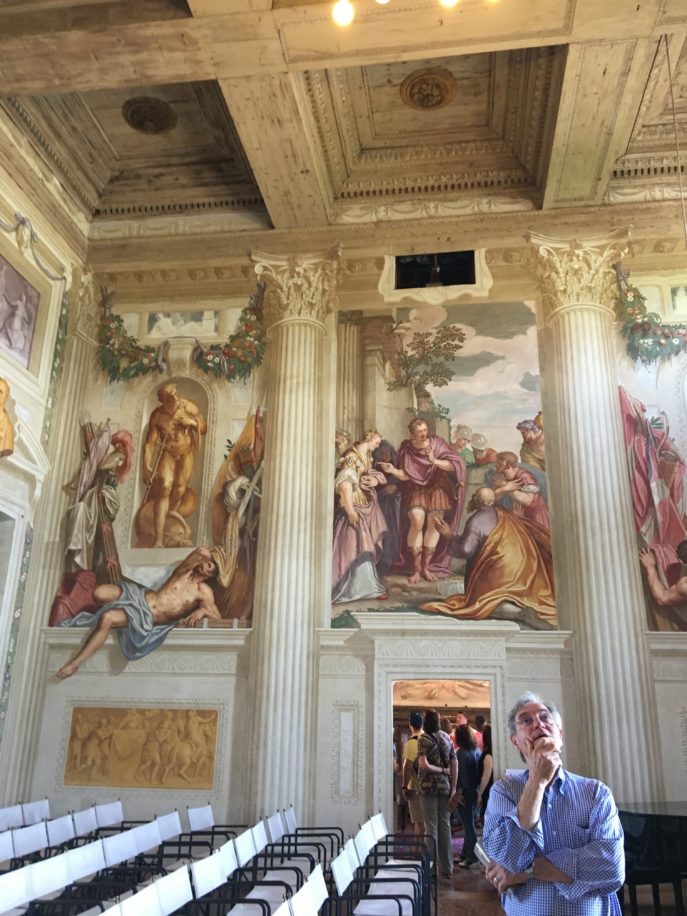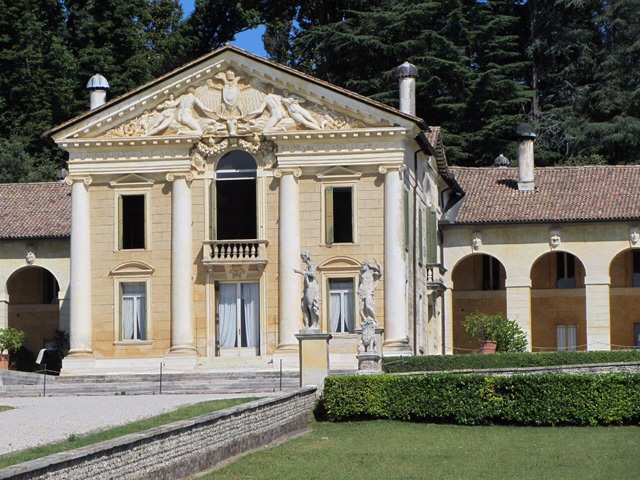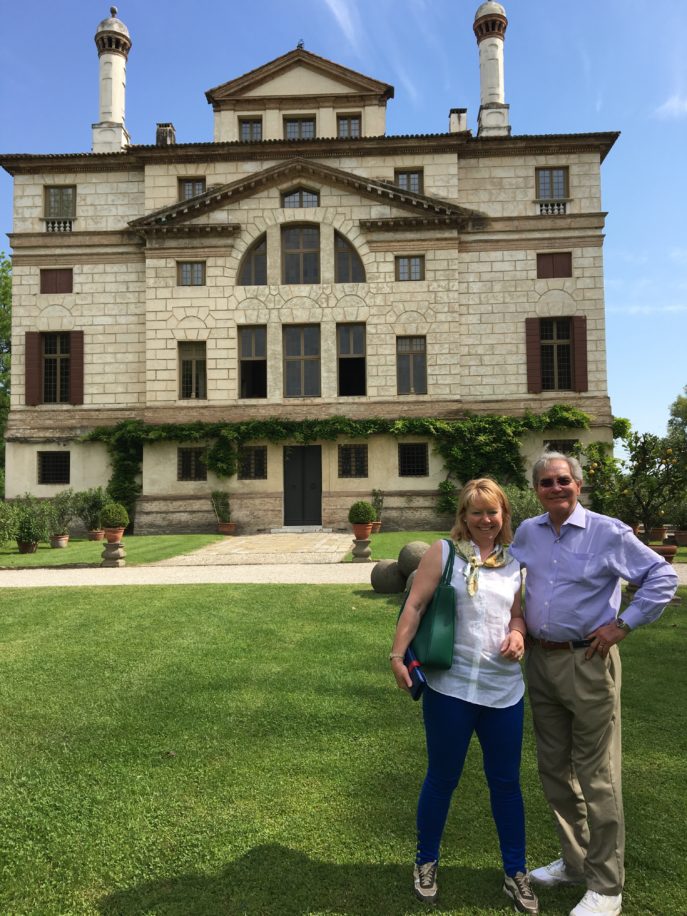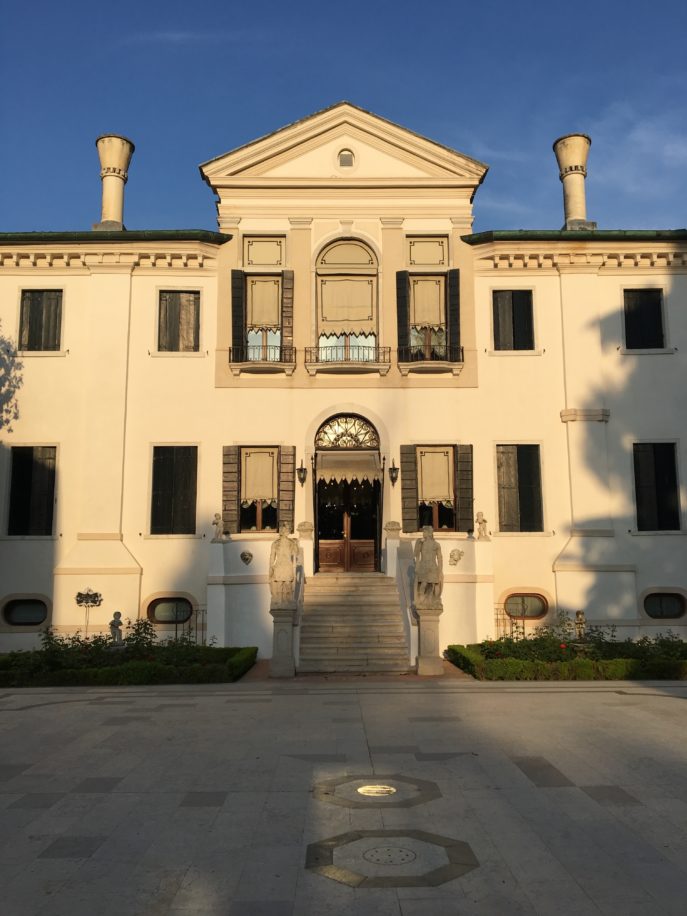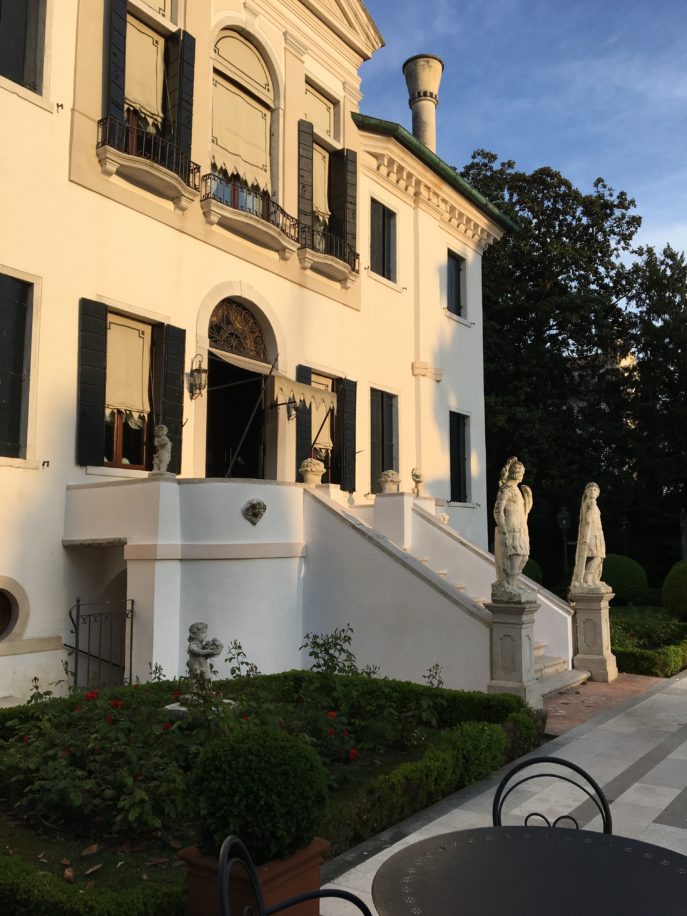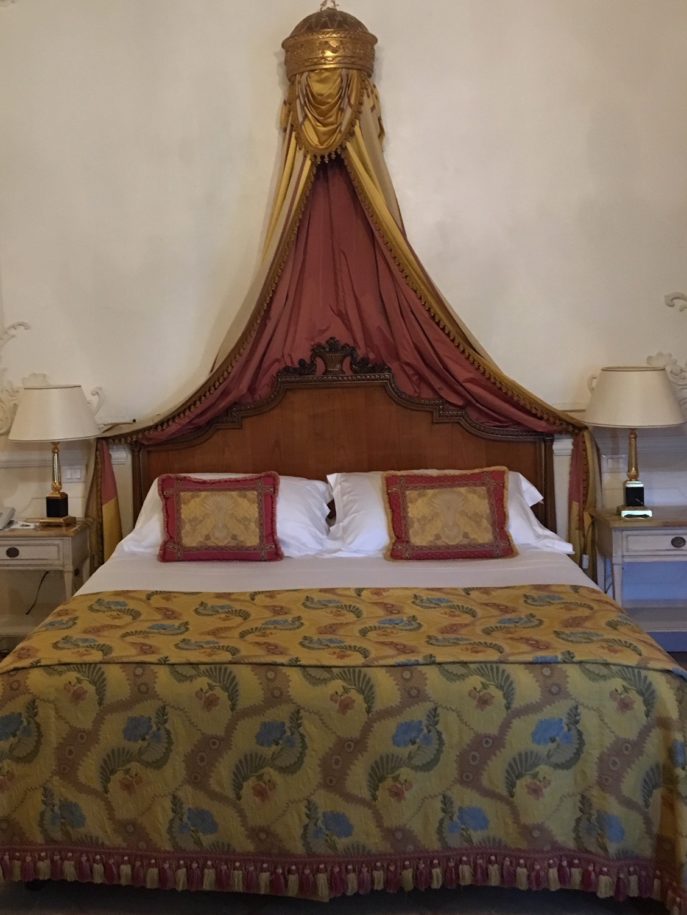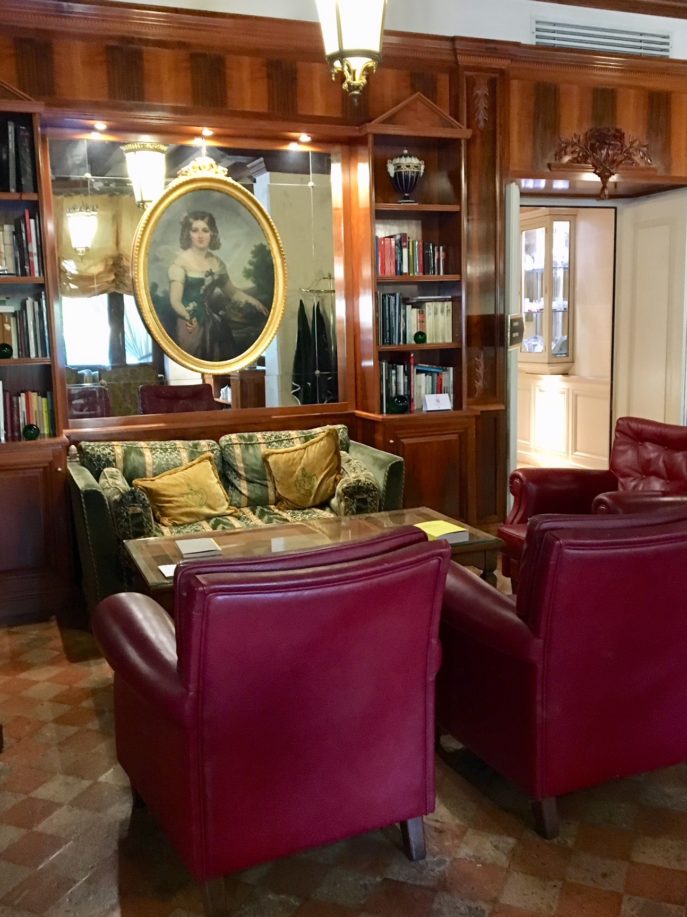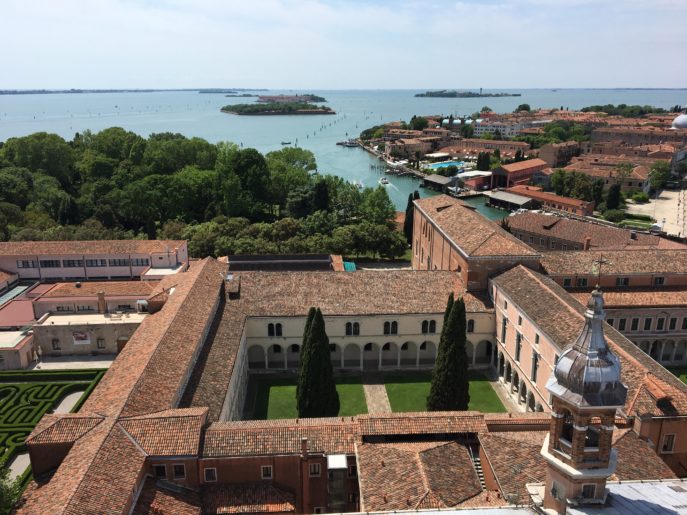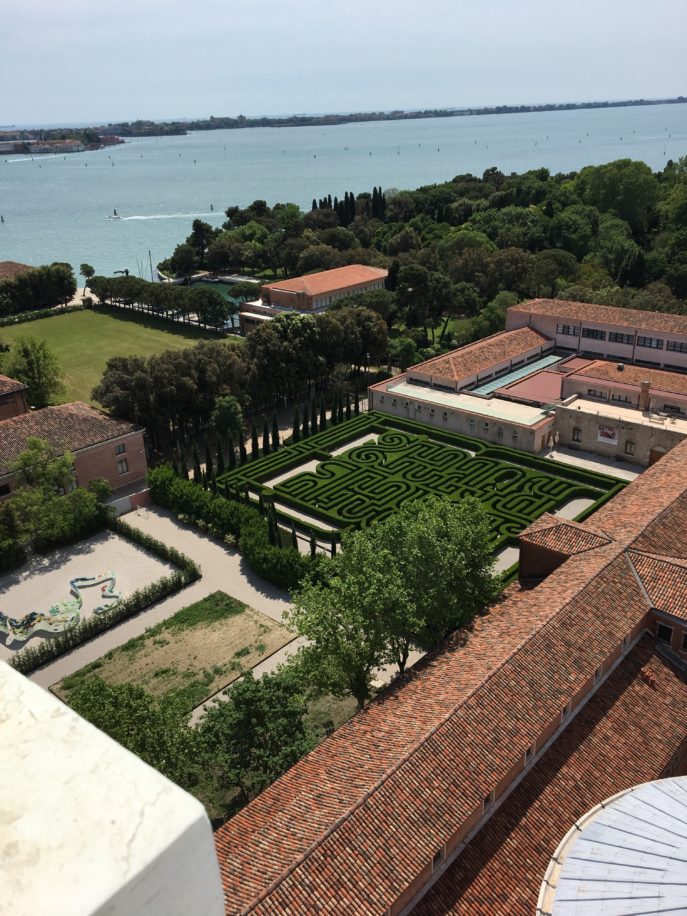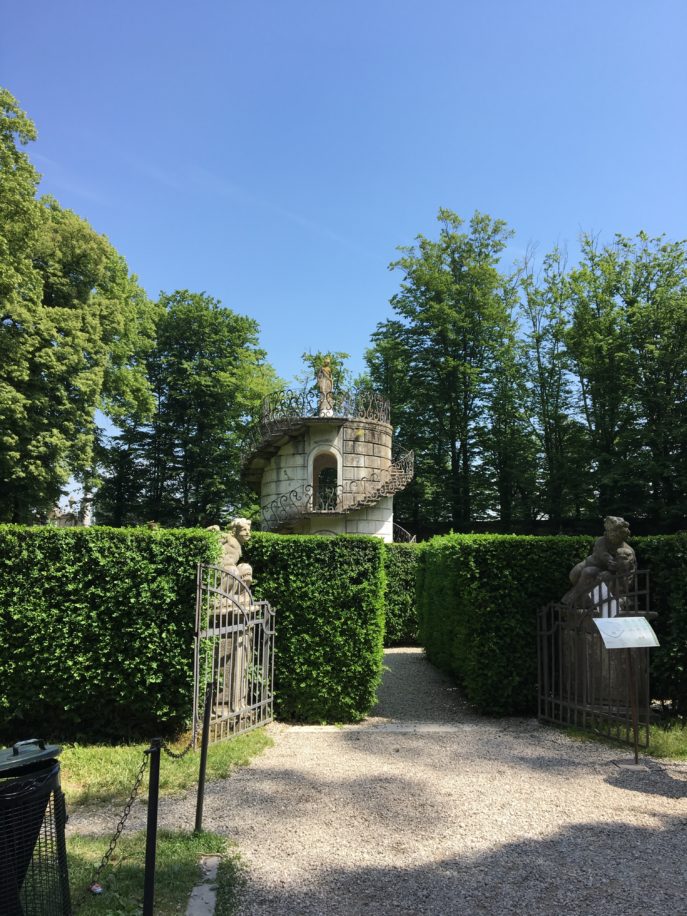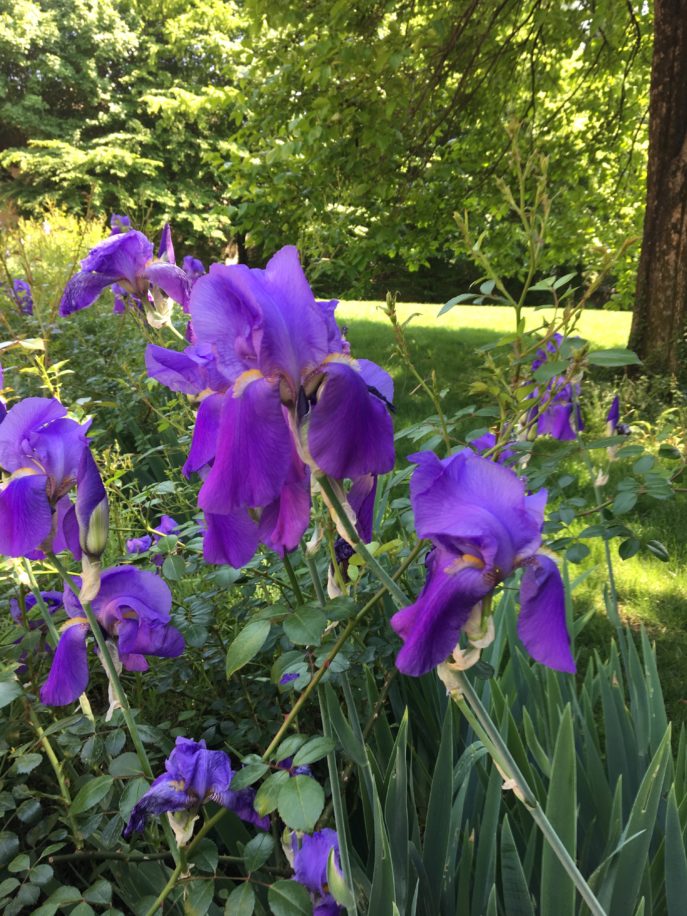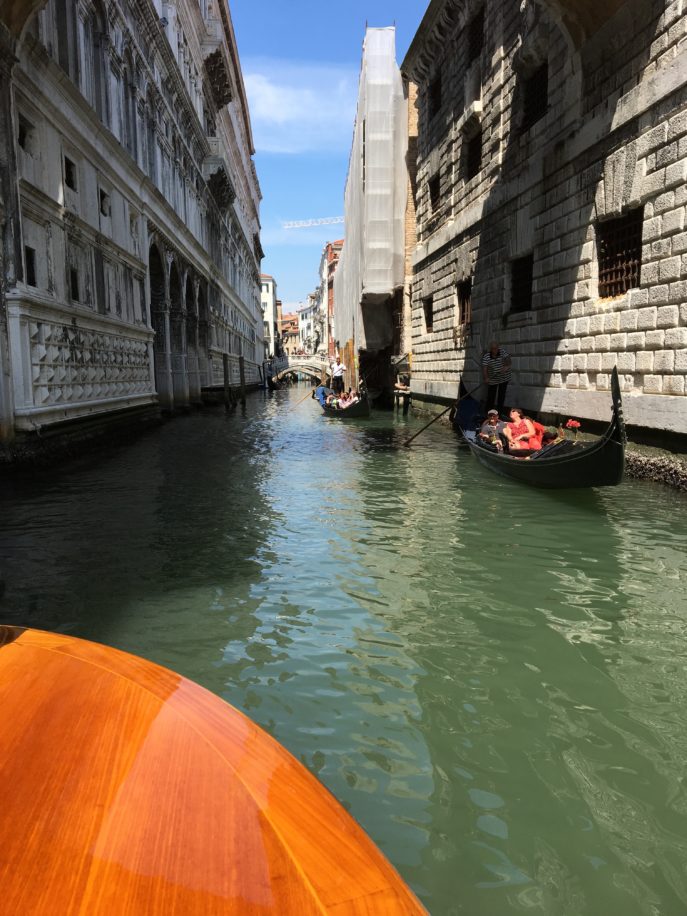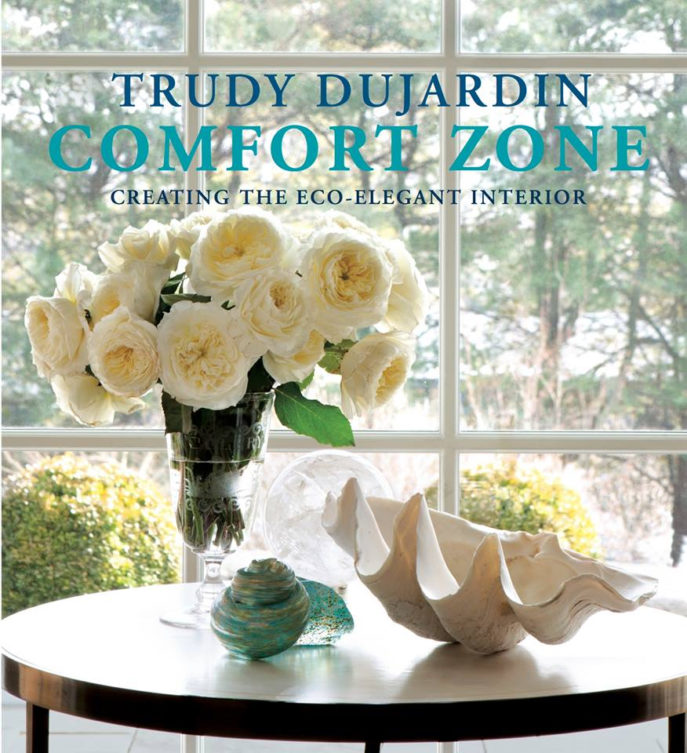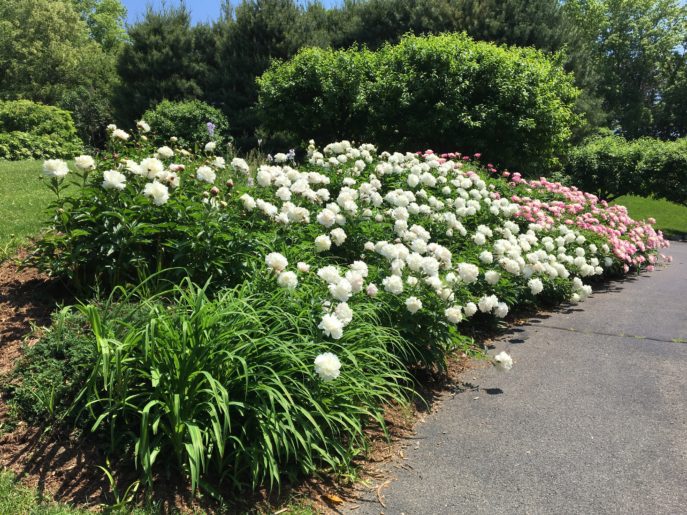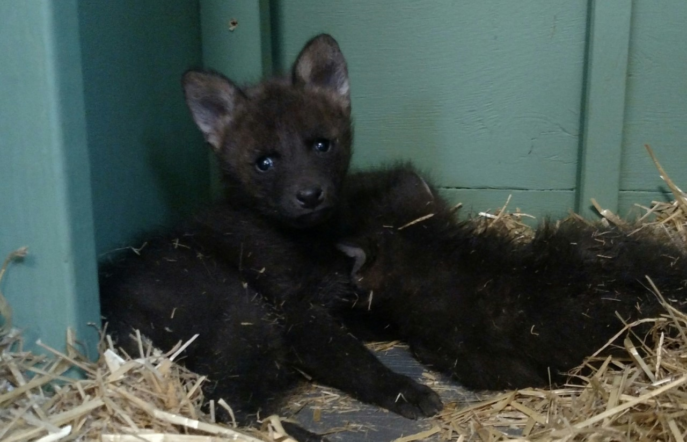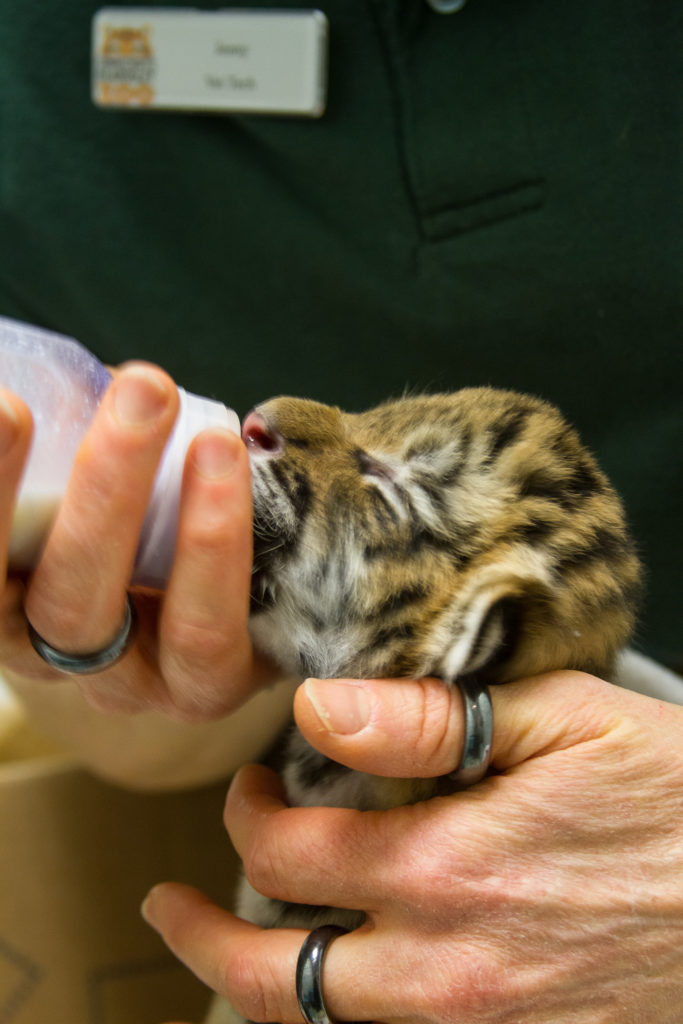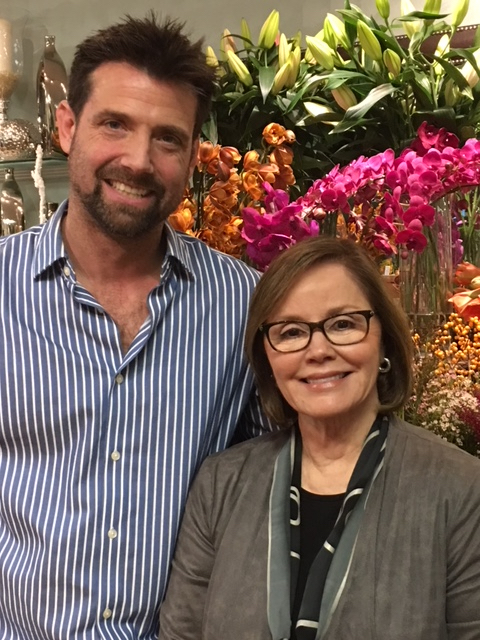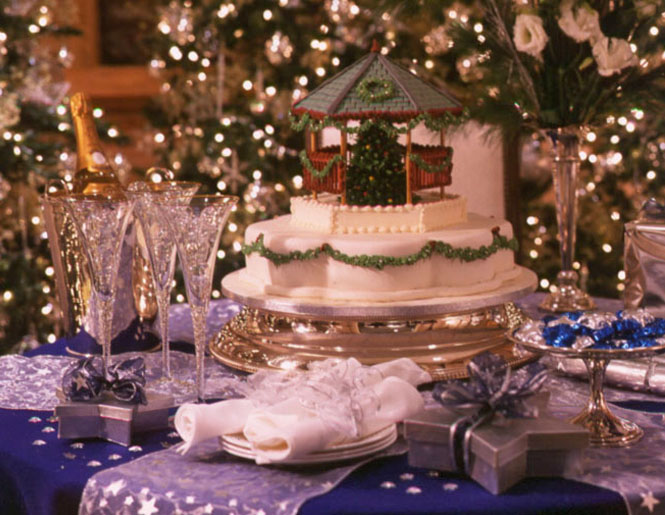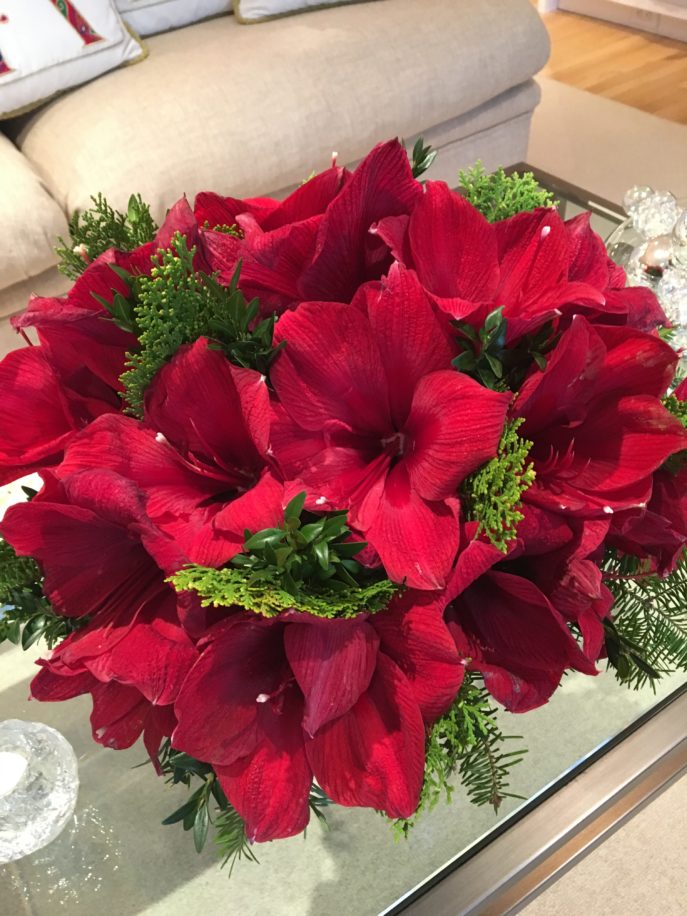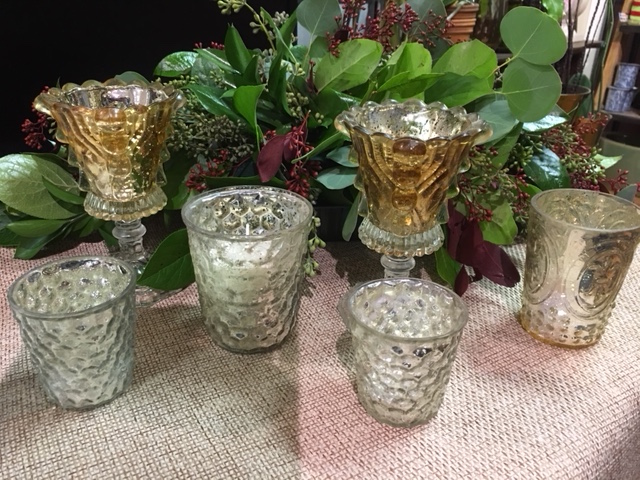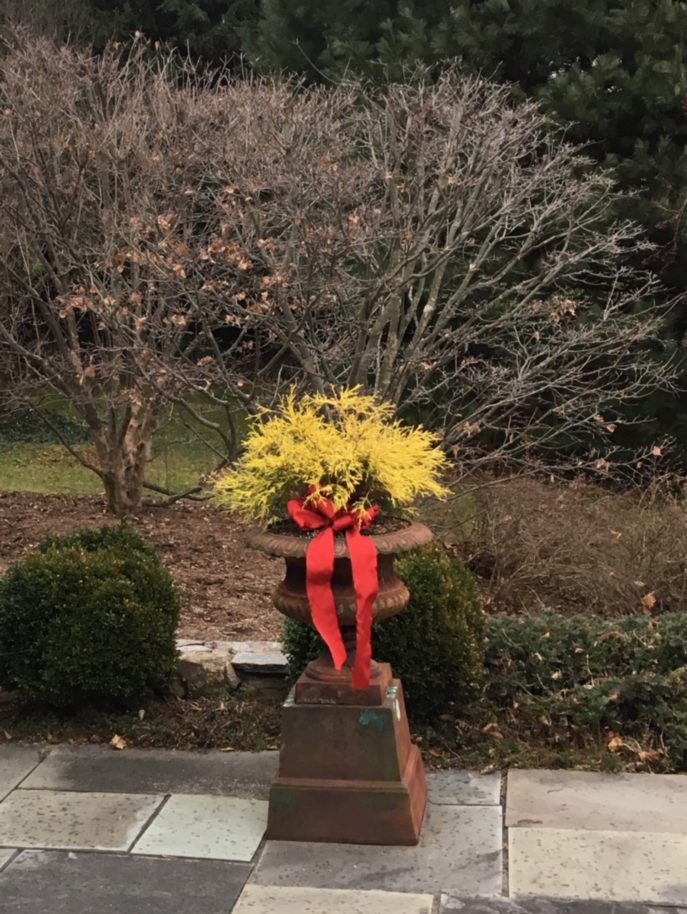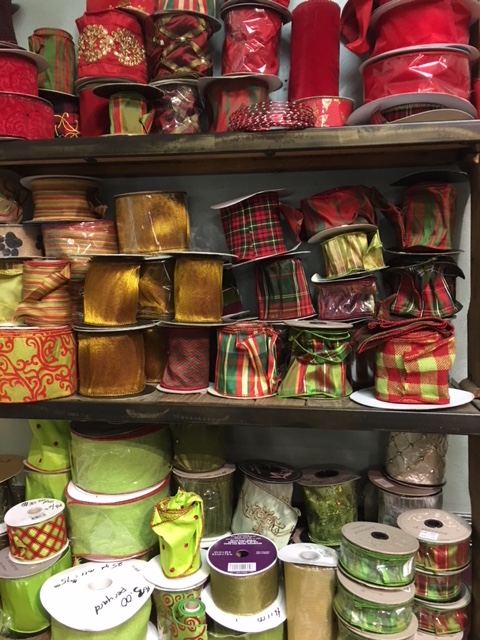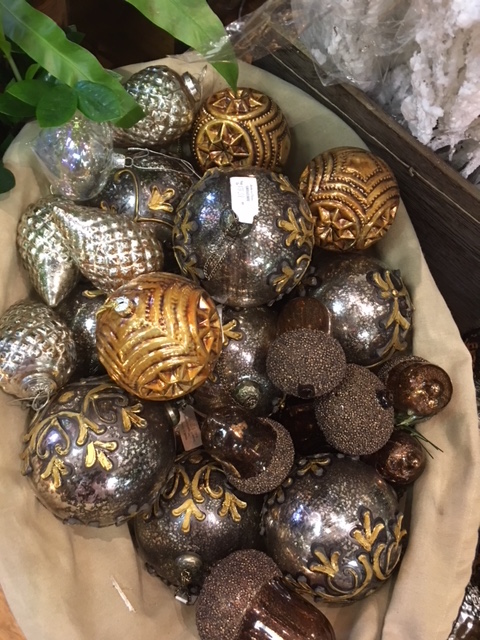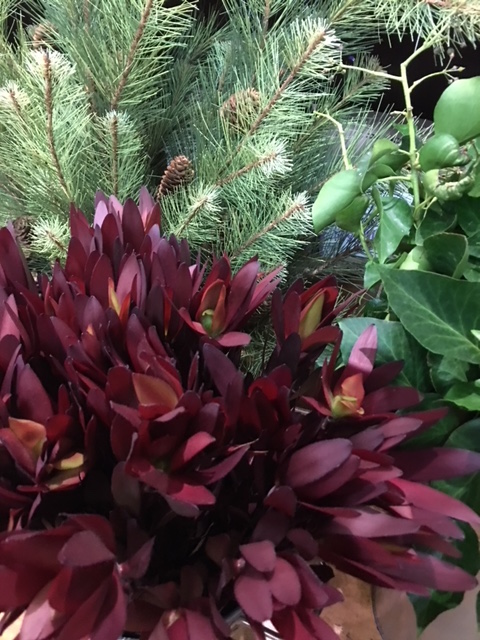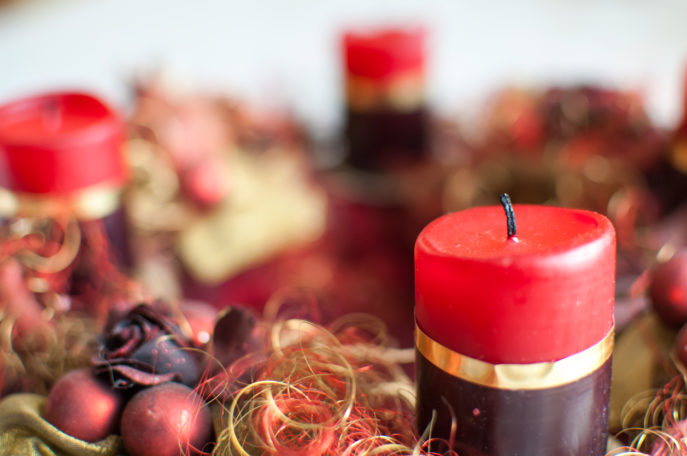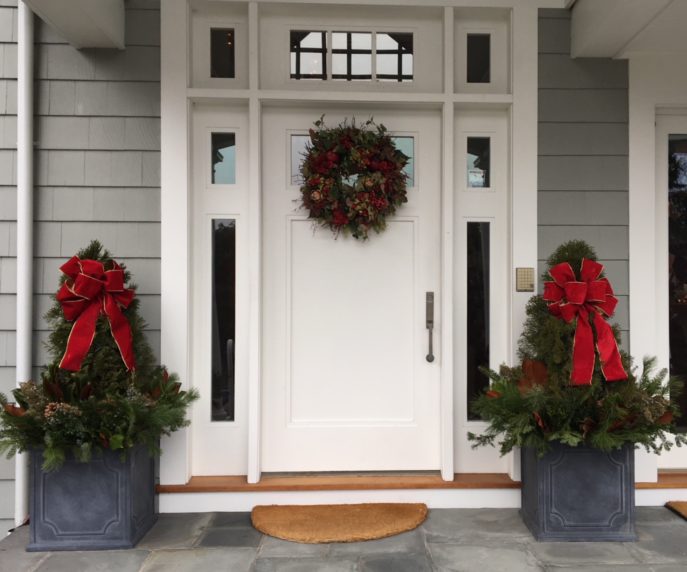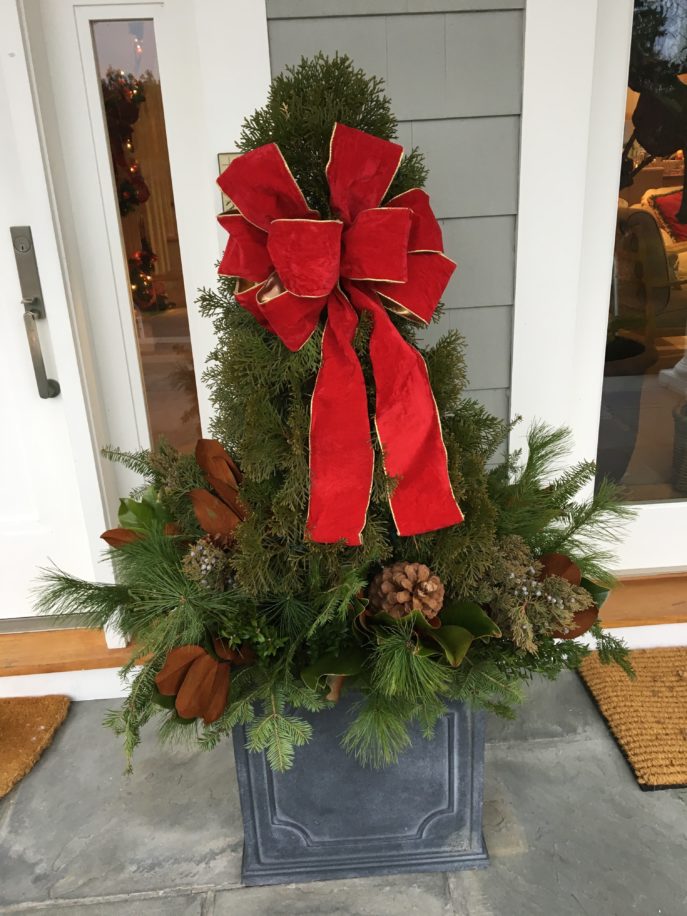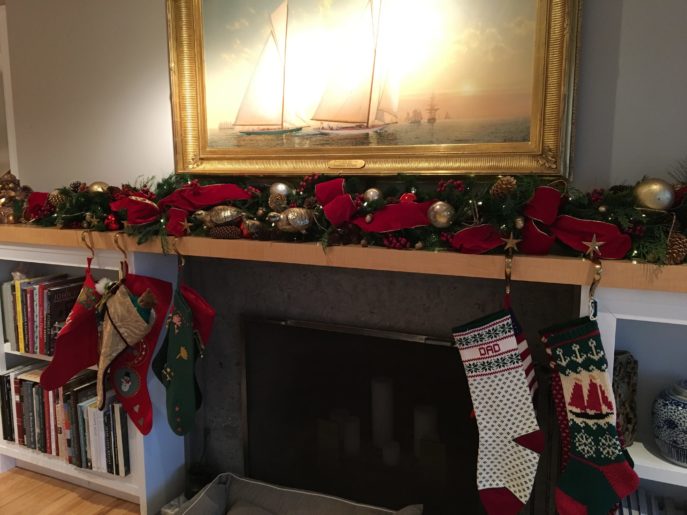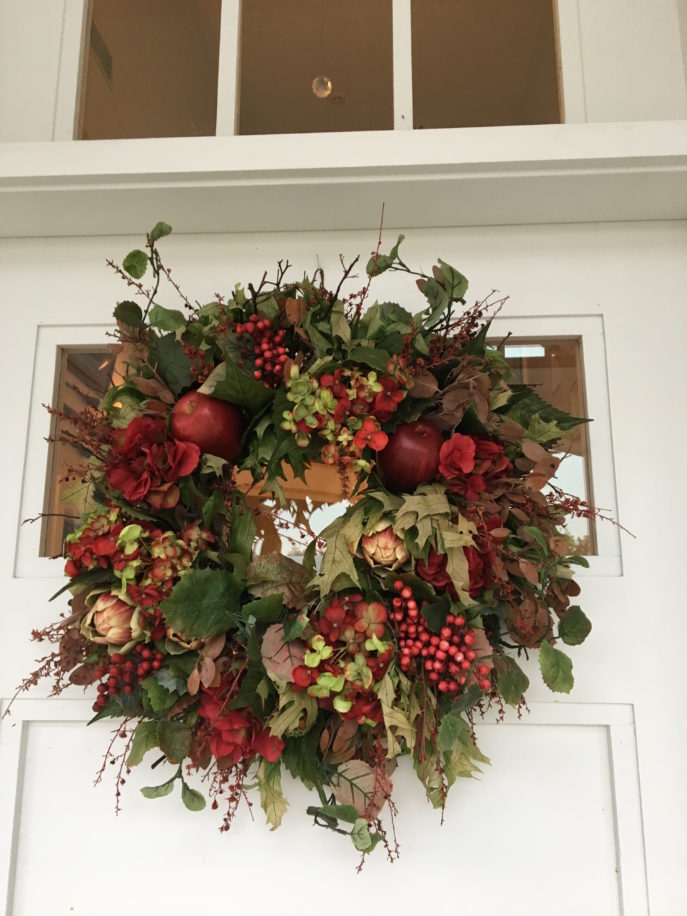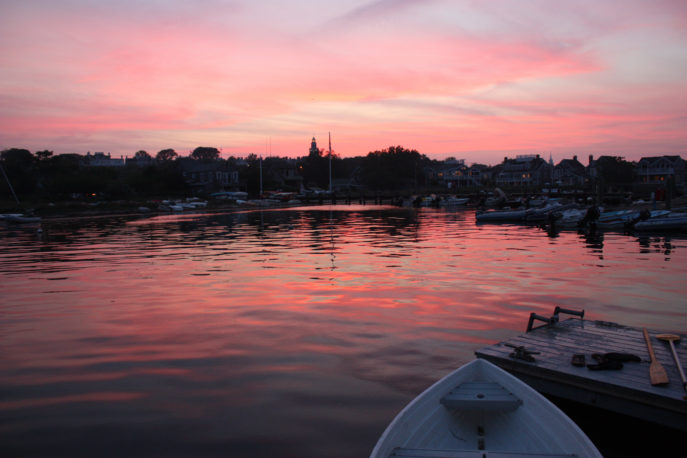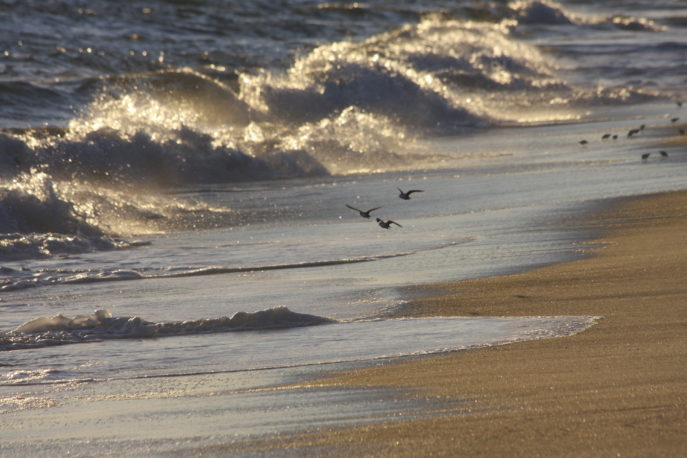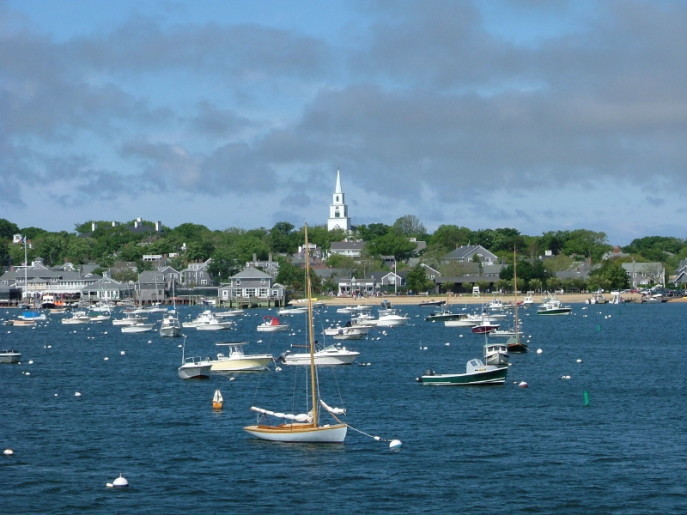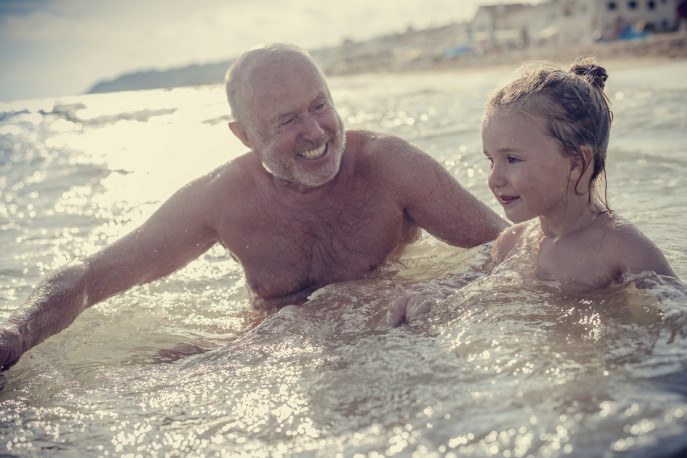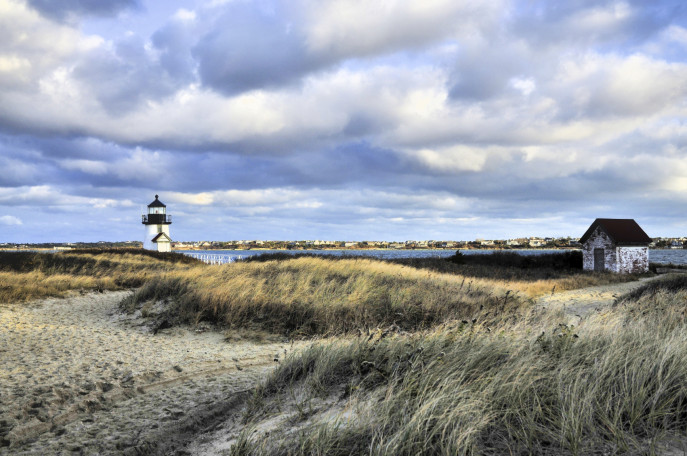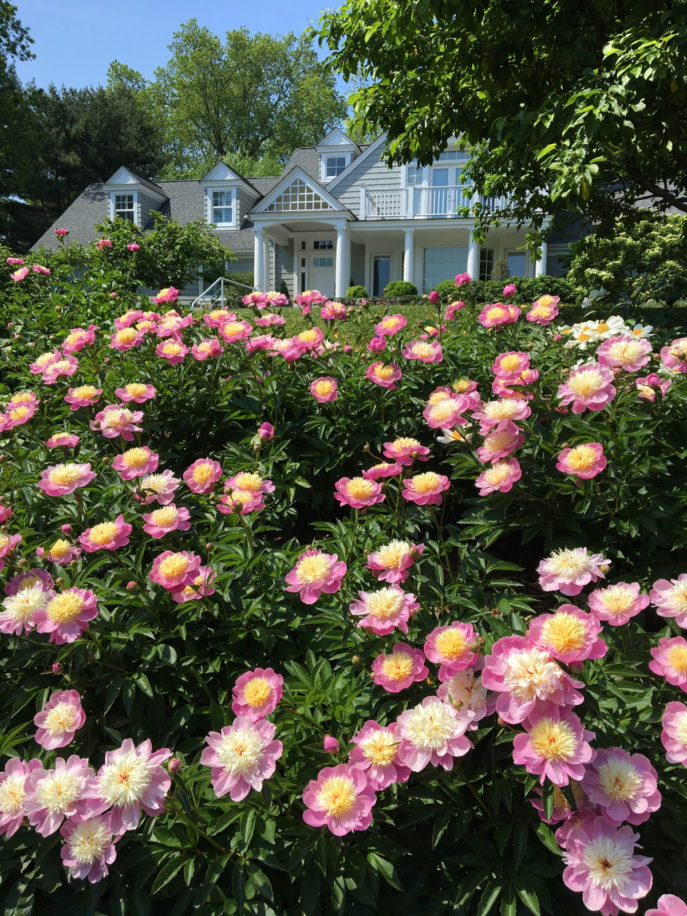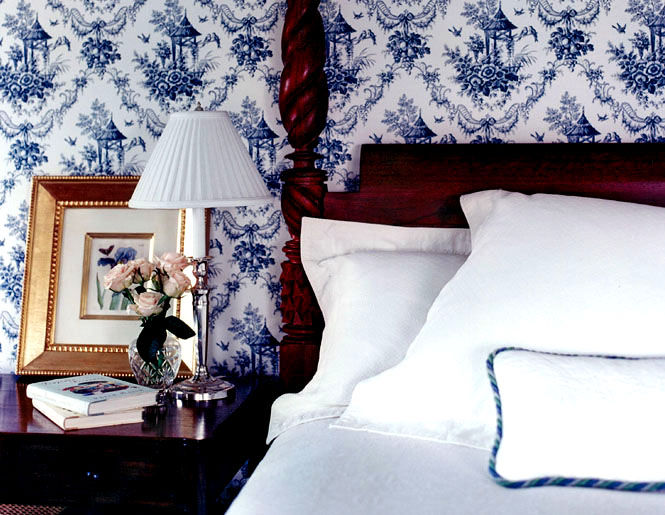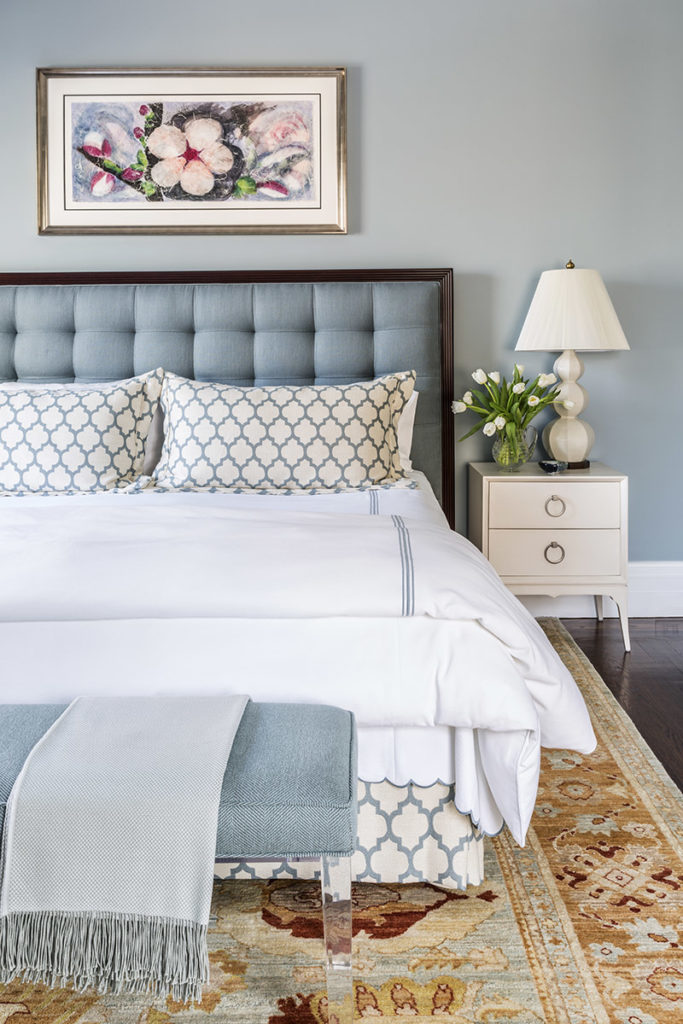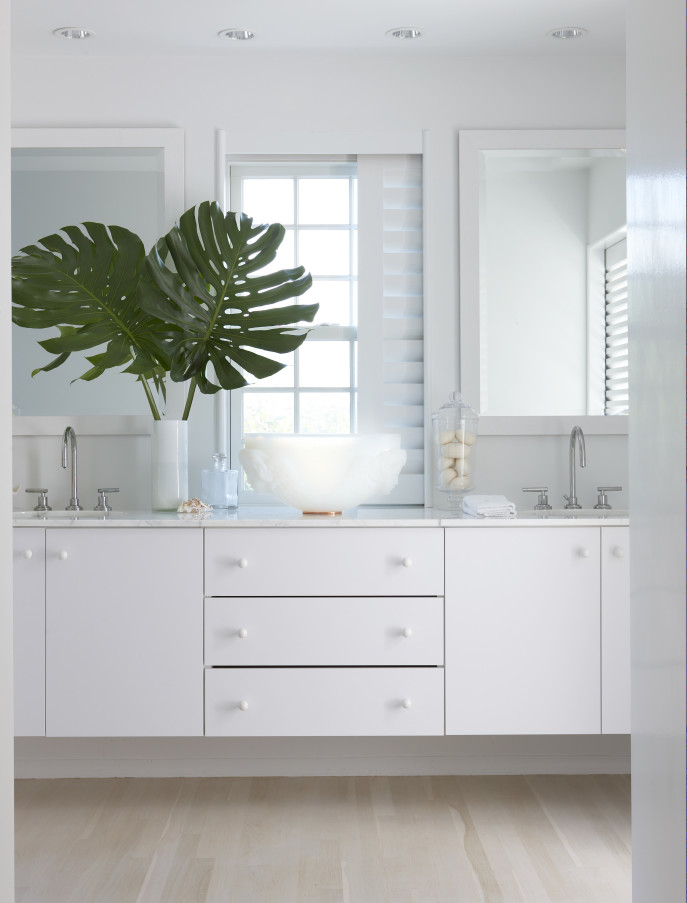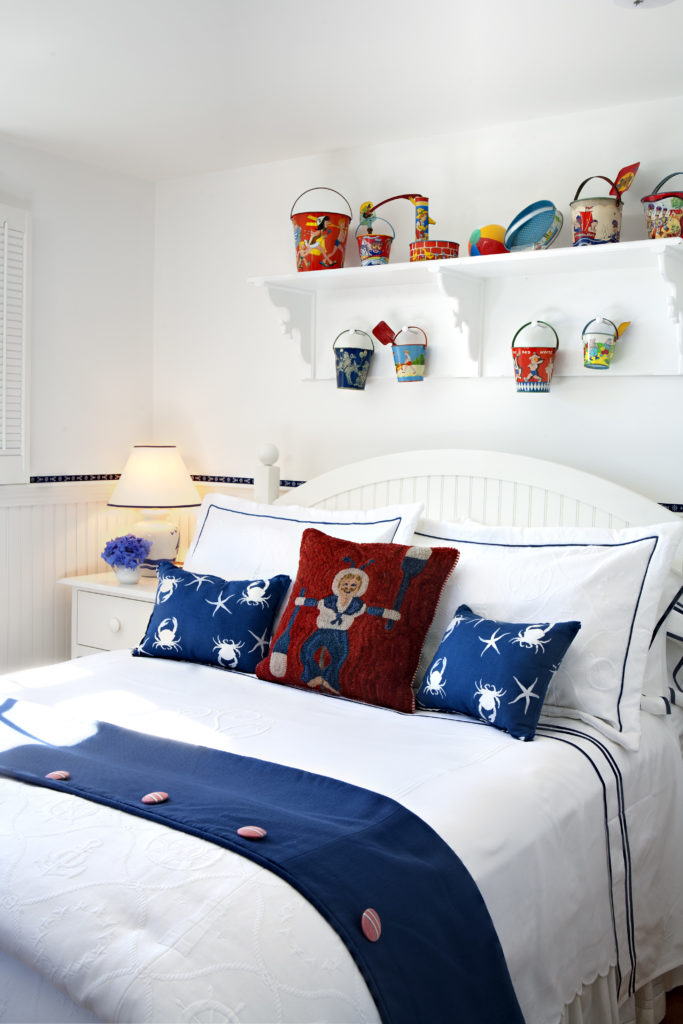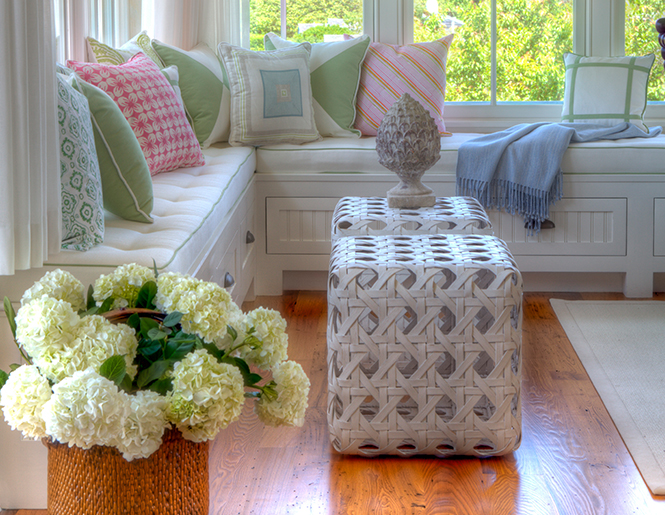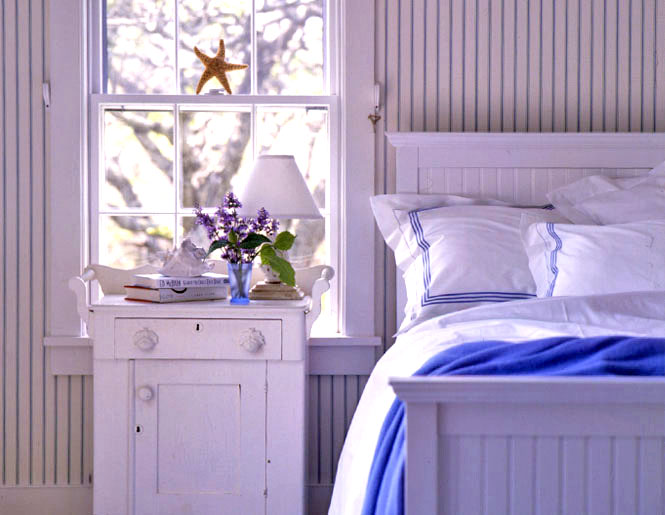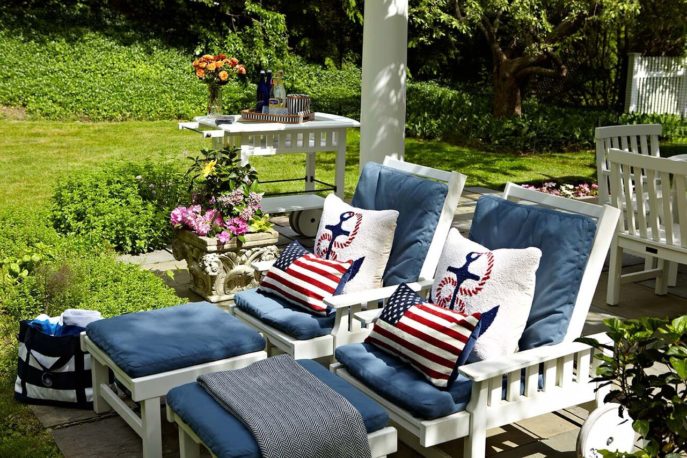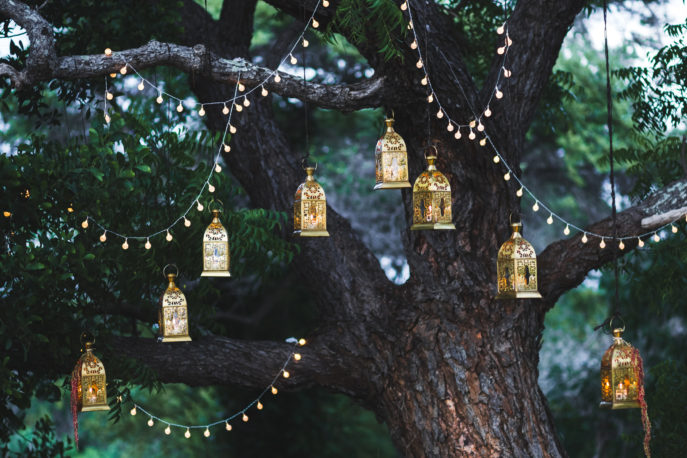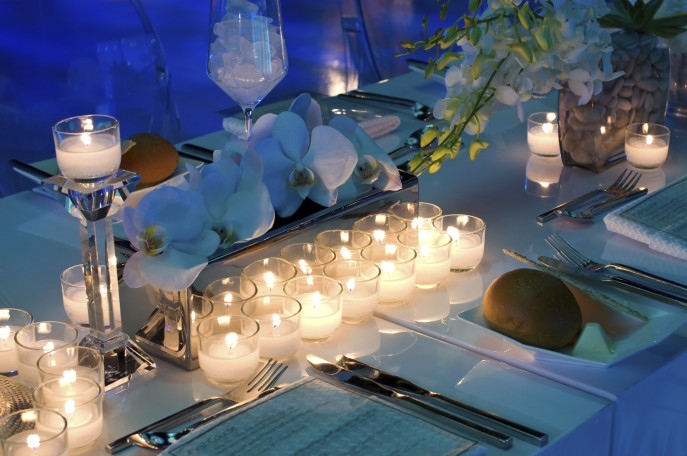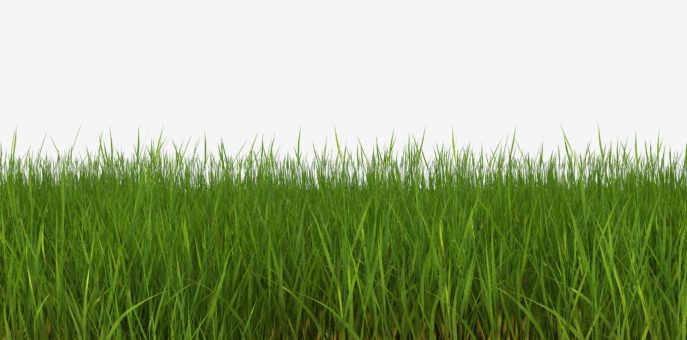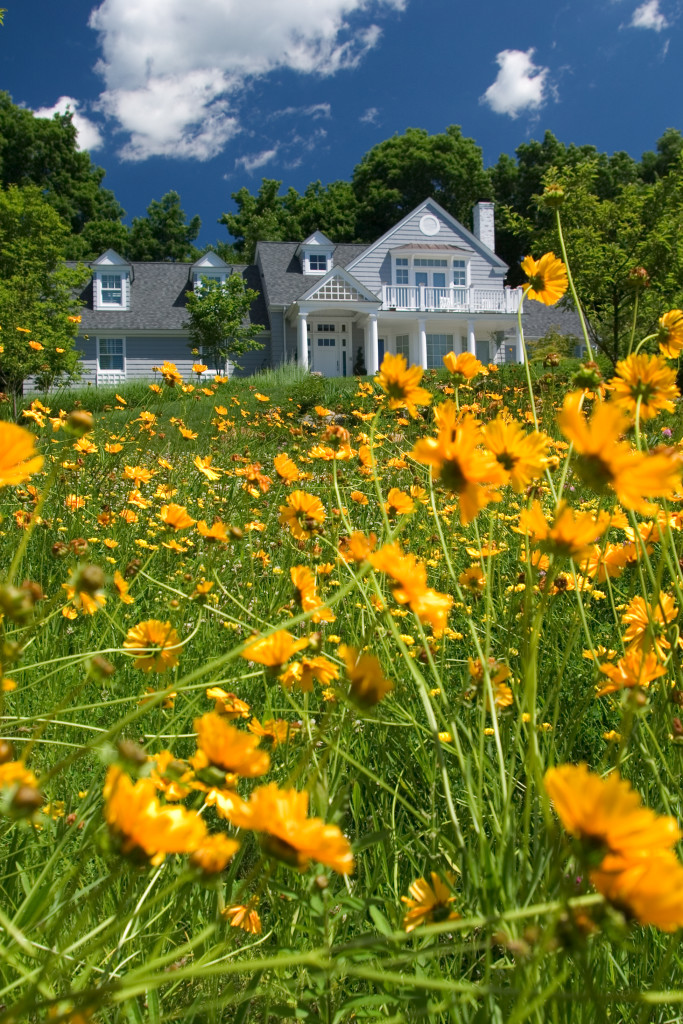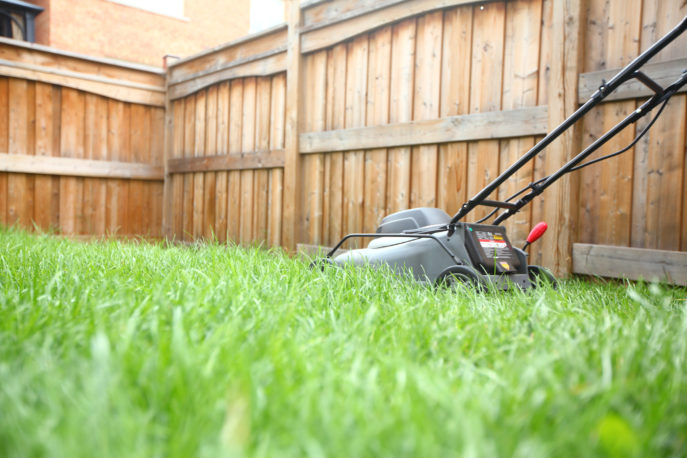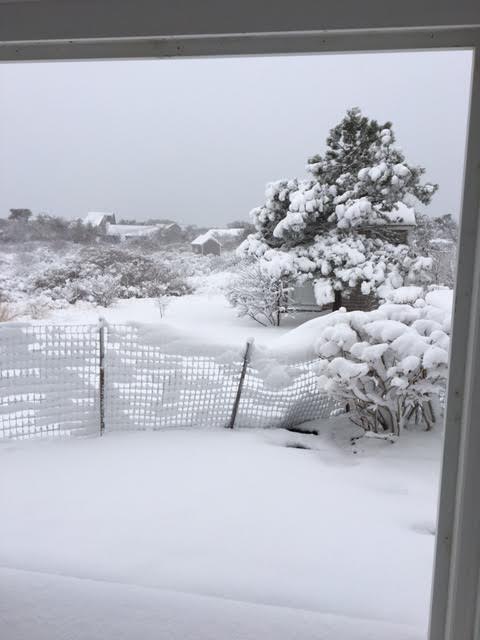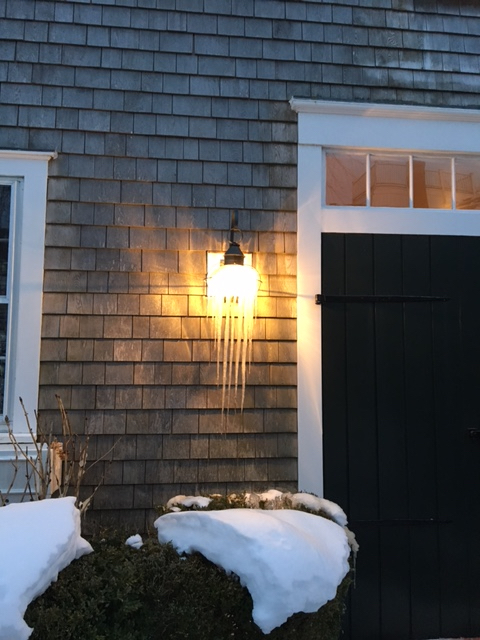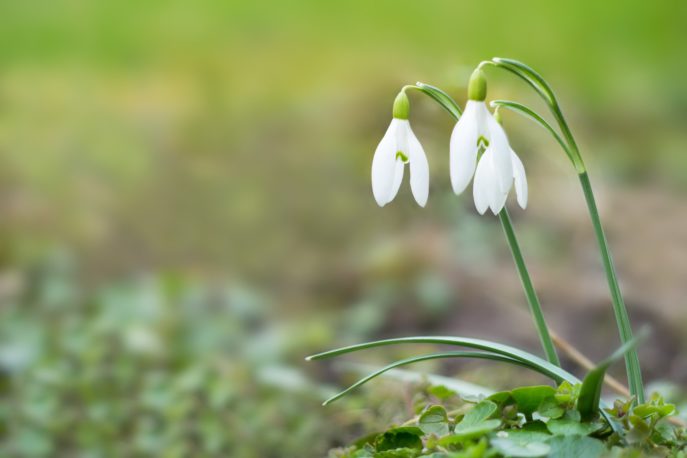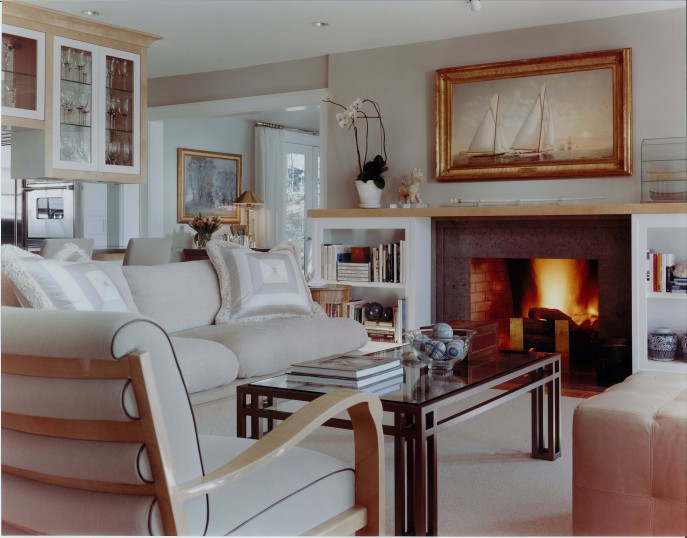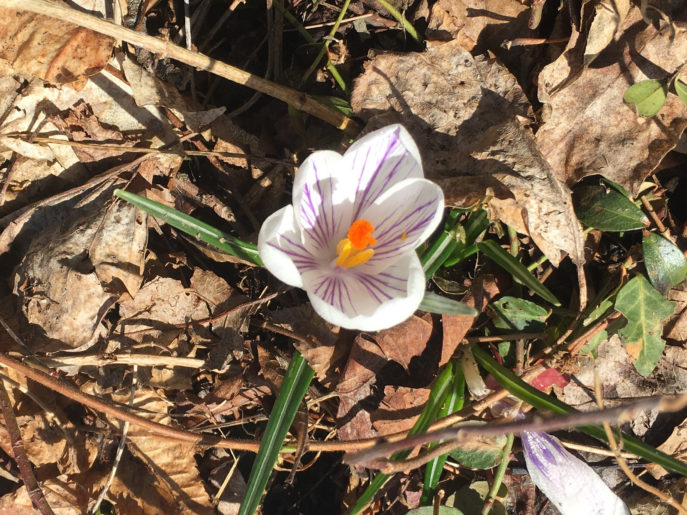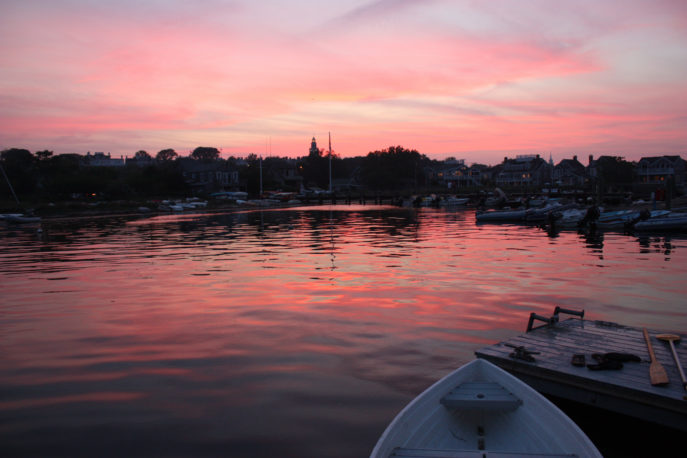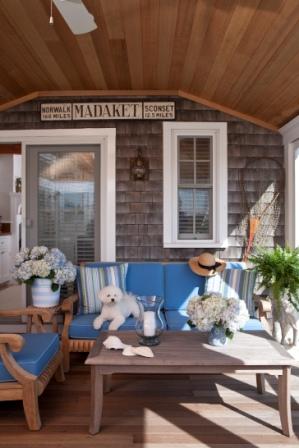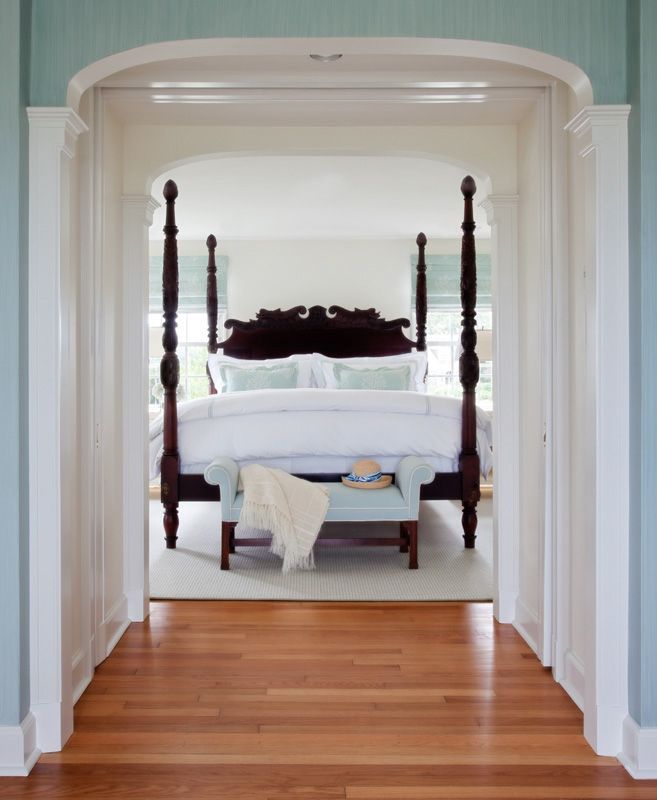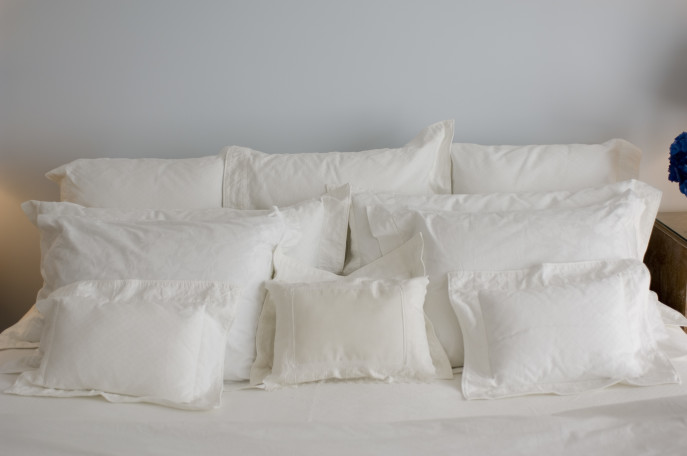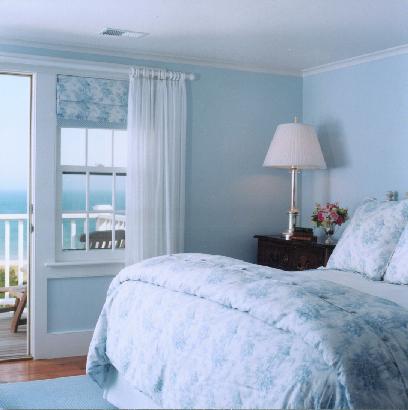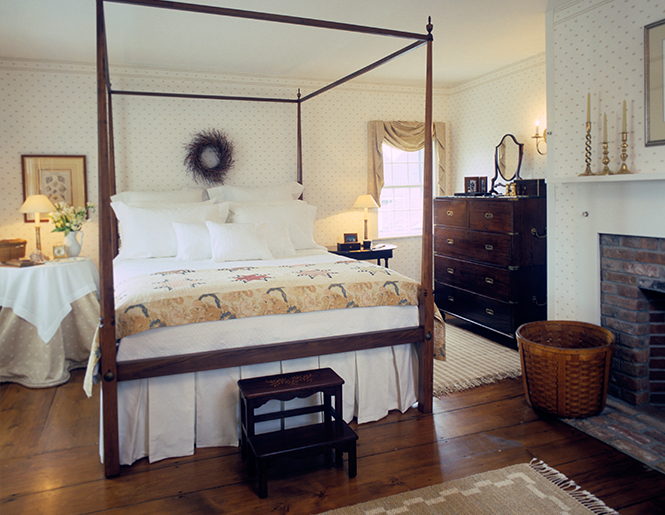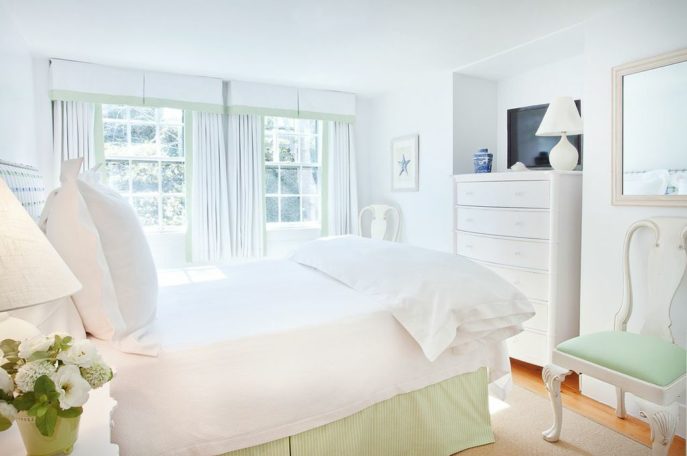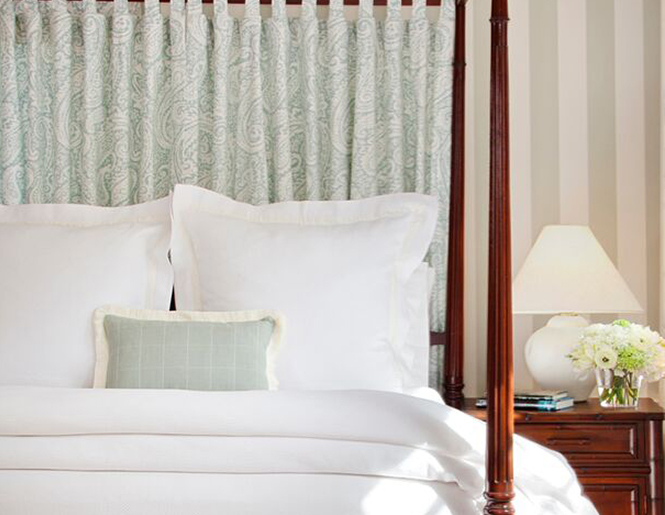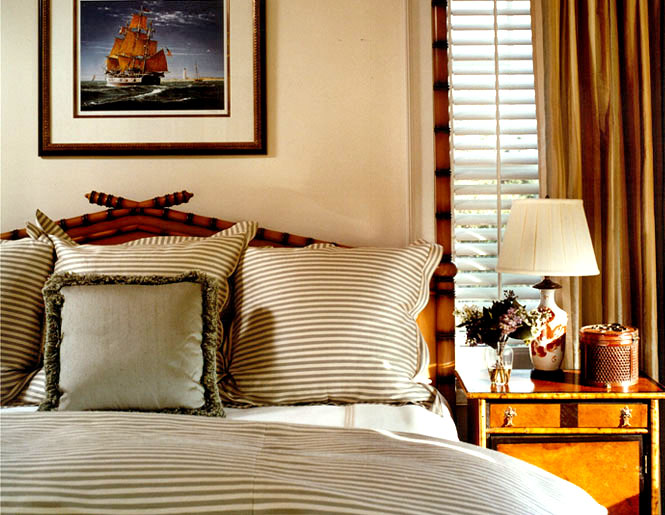There’s a magic touch that can take your rooms from plain to pretty: wallpaper!
Wallpaper has gone in and out of style over the years, but it’s definitely having a new moment in 2022–and for good reason! There’s nothing that provides the impact that beautifully made wallpapers can. Wallpaper can also be invaluable in working with both the architectural beauty and challenges of a space. I’ve always loved beautiful wallpapers and have used them in many different styles of homes.
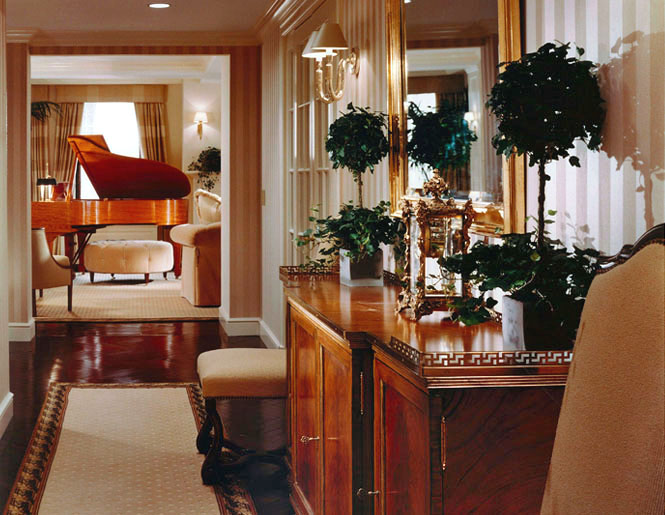
This penthouse in New York was done with a silk string wallpaper. Photographer: Durstan Saylor
One of my favorite spaces to use wallpaper is the foyer. Your entryway sets the tone for the rest of the house, and defines your “sense of place.” If people tell me they can only afford to design one room–which room should it be? I say, let’s start at the beginning, and make a fabulous foyer!
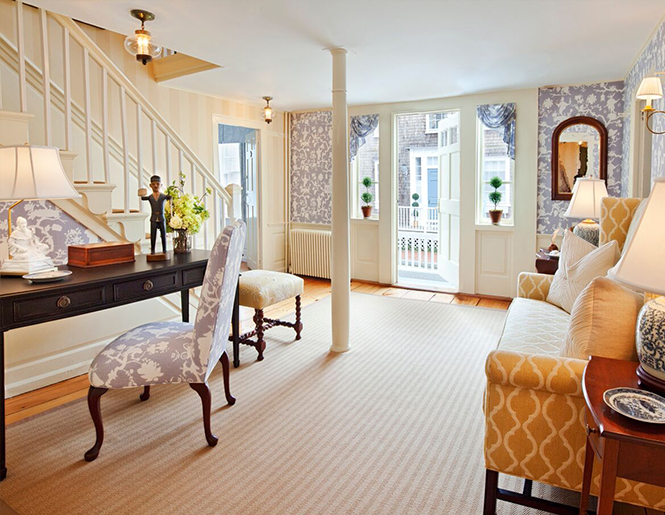
This intimate boutique inn was beautifully renovated by Dujardin Design to showcase its period details and elegant interiors. The public areas feature a beautiful Chinoiserie wallcovering and fabric.
Come with me on a visit to one of Dujardin Design Associates’ recent projects on Nantucket where I can show you some of the details of how we work. It begins with conversations with the clients, then a search for fabrics, colors, textures, and a vision for the room. A presentation book is prepared for the client by our in-house artist before work begins.
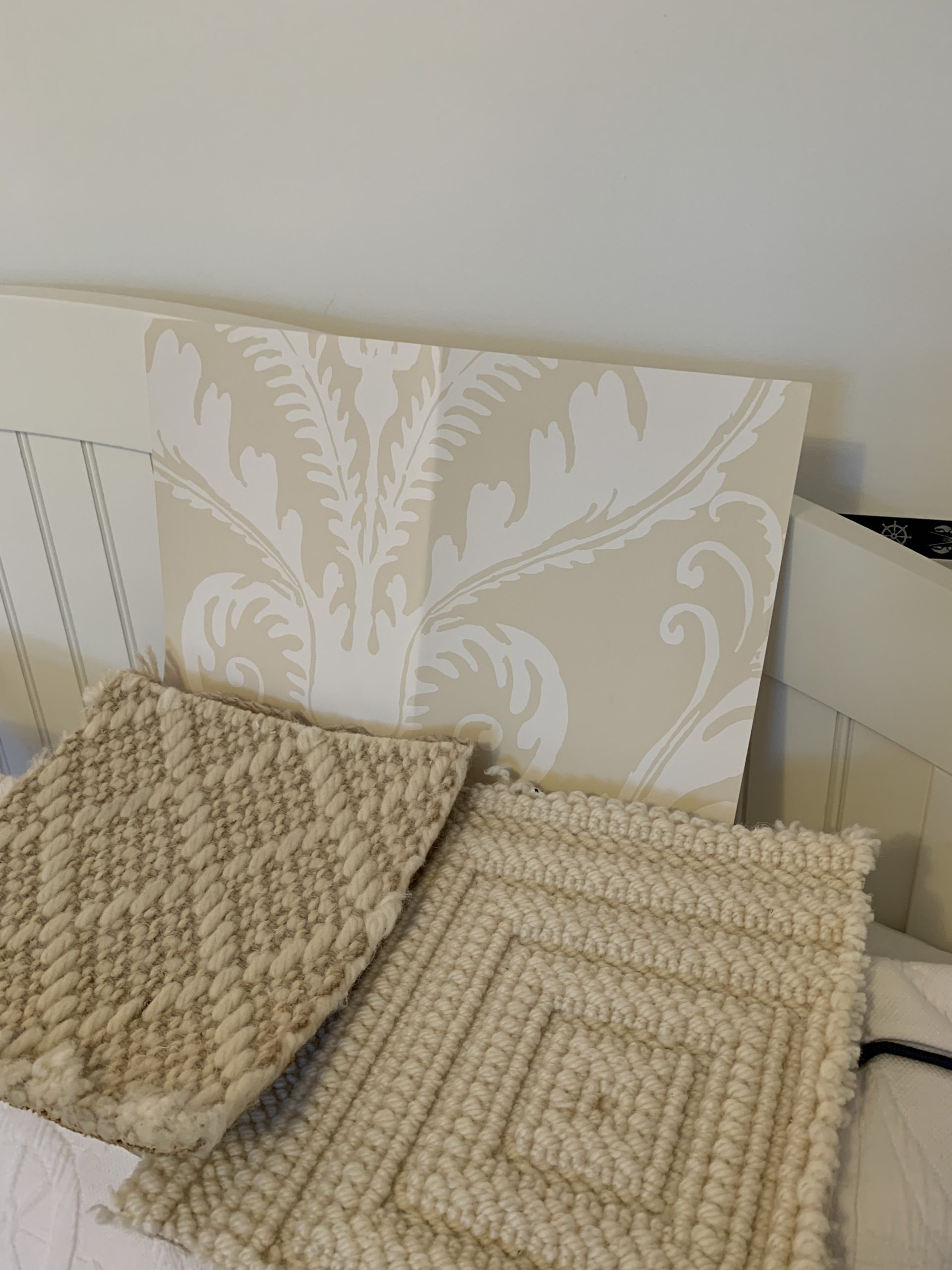
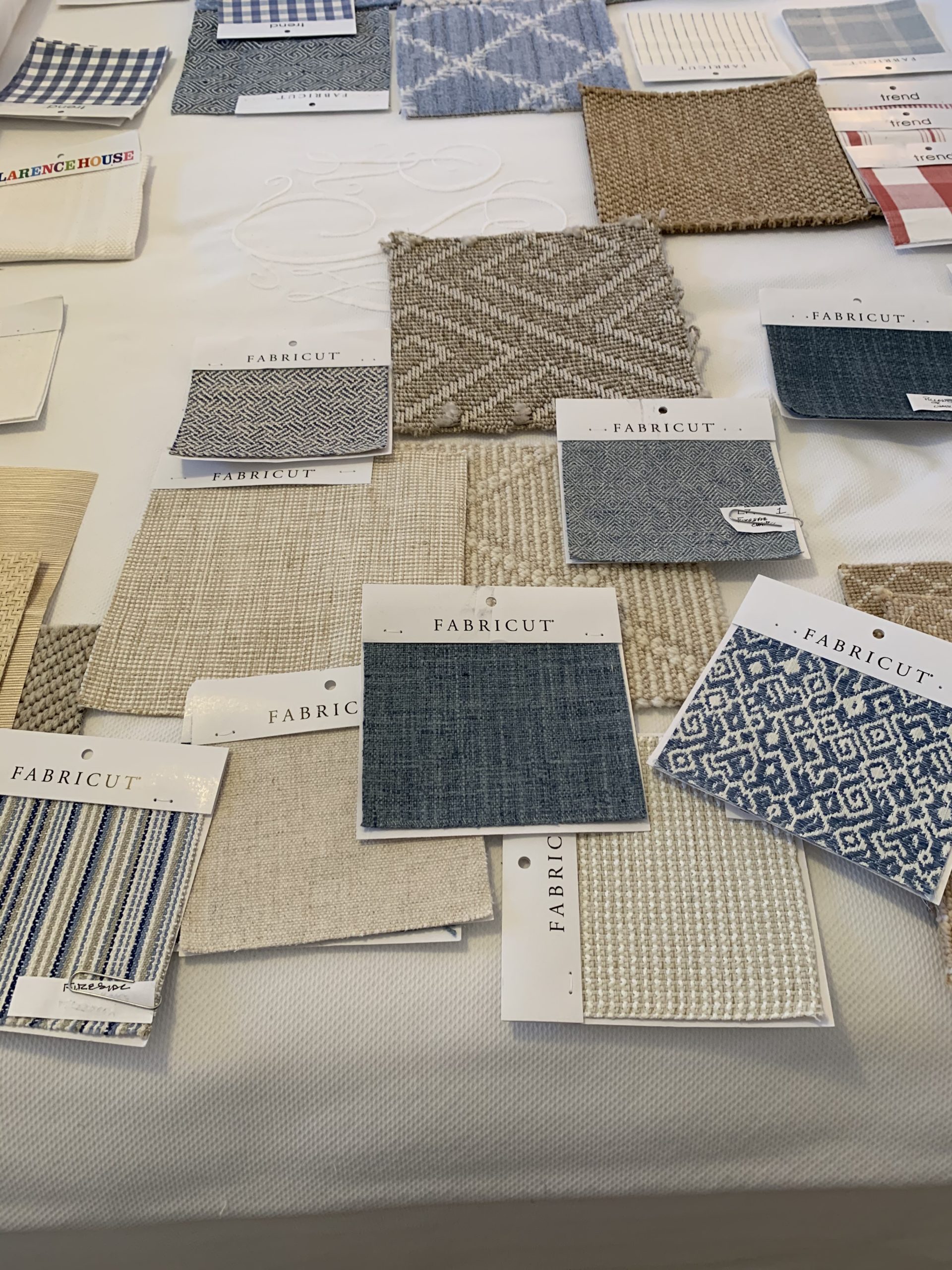
We are fortunate to frequently work with clients on Nantucket Island, where my husband and I live part of each year. Nantucket has a rich history, complete with the original indigenous people, whaling captains and widows, fishermen and farmers, cranberries and blueberries, roses and hydrangeas and everywhere you look: legacy and antiquity.
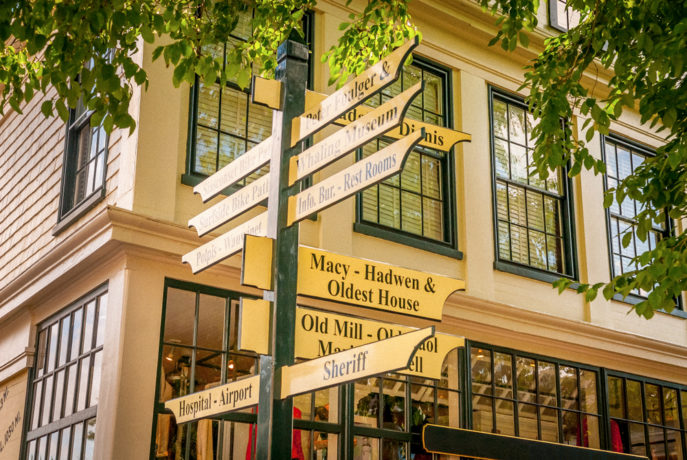
Main Street on Nantucket Island
Nantucket is where I first began my immersion into sustainable design, the result of building a home on the fragile shores of Nantucket Harbor. I was determined to “do it right.” Doing it right started with the understanding that since it was such a delicate site within a very fragile ecosystem, everything I did had to be mindful, done with intention.
Today, I am considered a pioneer in sustainable design, and am a LEED-accredited professional with a specialty in Interior Design and Construction (LEED-AP + ID + C). I am a Fellow with ASID (FASID), and a Senior Fellow with the Design Futures Council. (Only 1% of members are asked to be Fellows, so I’m proud of that). My passion for creating homes in harmony with the earth was the impetus for achieving my credentials–“doing it right!”
All of that knowledge is brought to bear on every design project my firm undertakes, whether it is classified as a “green” design or not.
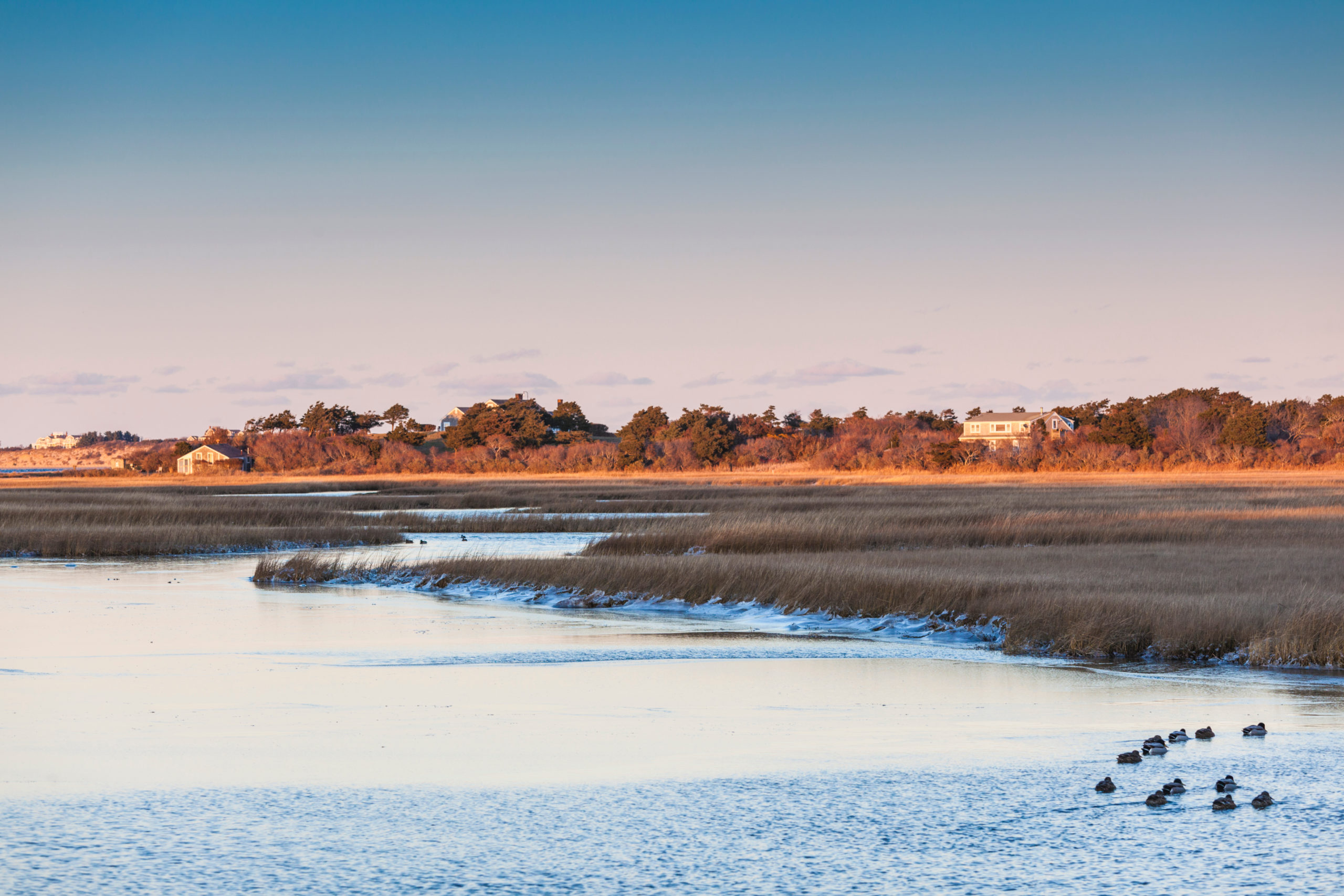
In this home, our starting point was a voluminous space with high ceilings. First a builder’s spec house that subsequently became an island rental property, we were hired by a family from Connecticut who wanted it to become their forever second home. As we repurposed their treasures from Connecticut and refreshed with new pieces, we knew that adding wallpaper was going to be an important element of this home’s ambiance.
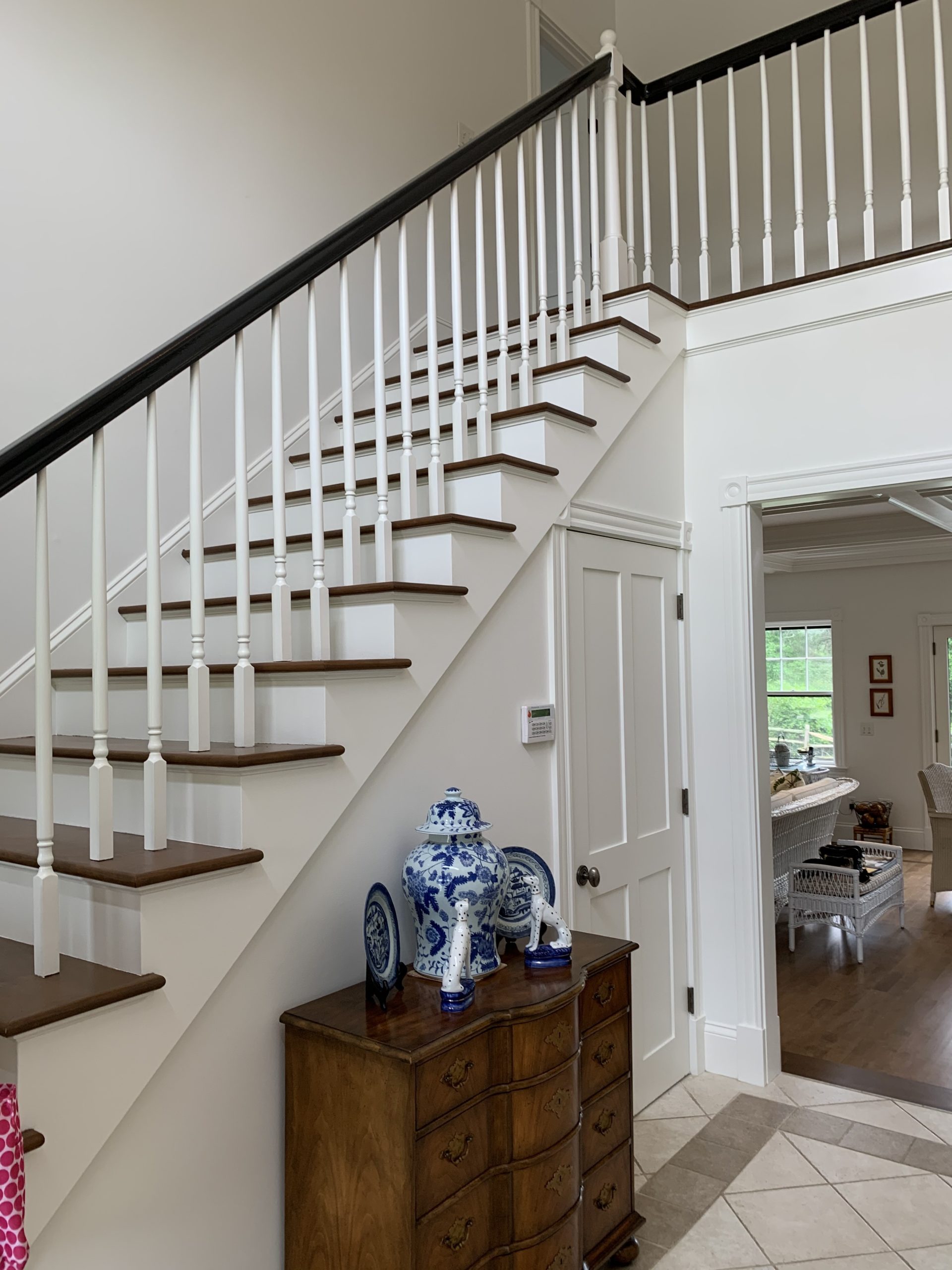
My trusted work associate, G.G., agreed that wallpaper was exactly what we needed!
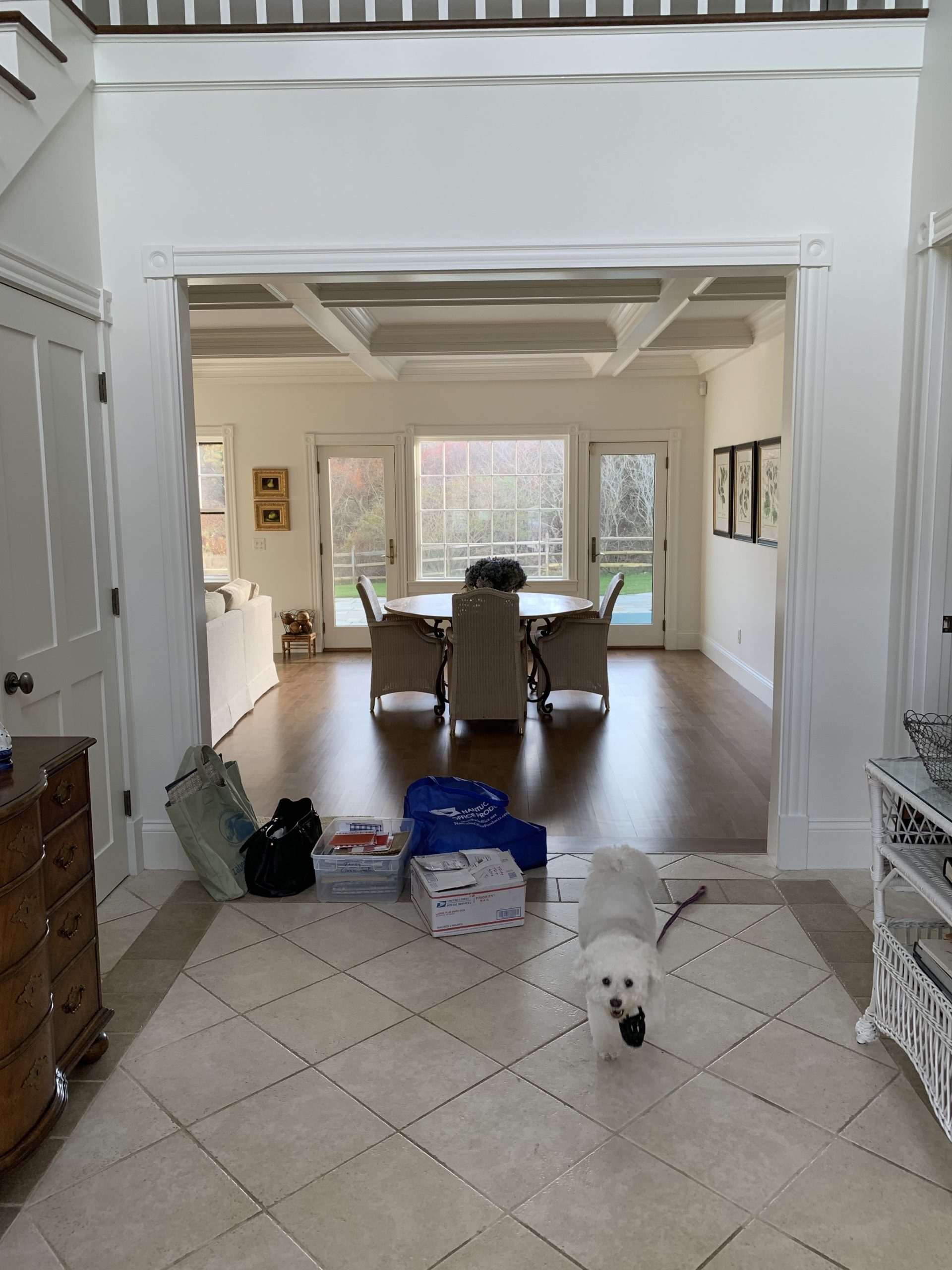
We also knew we wanted to replace this builder-supplied chandelier with something more appropriate to the homeowners’ taste.
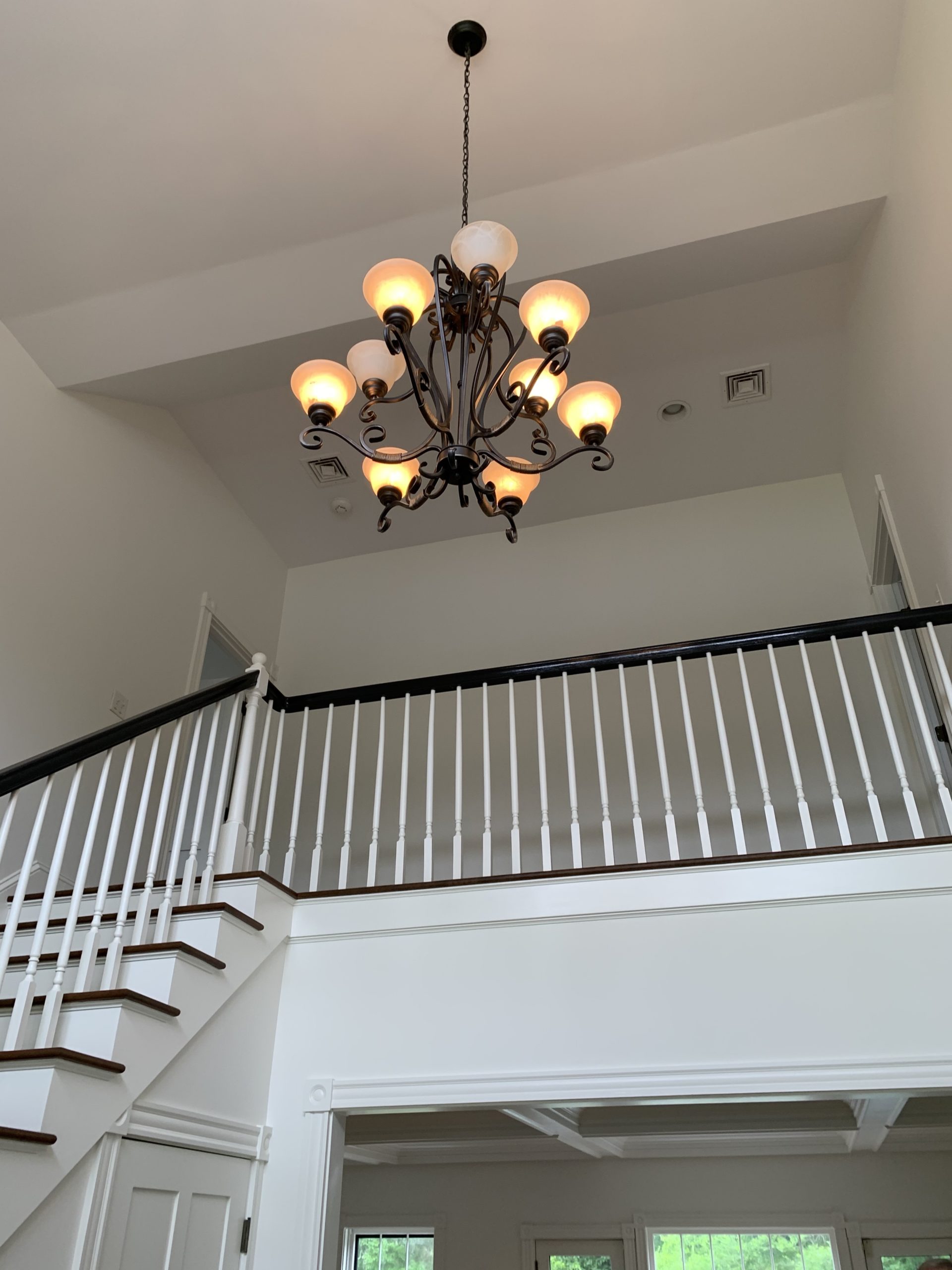
For the walls, we turned to Peter Fasano handcrafted wall coverings from Westport, Connecticut. Their elegant designs are produced using a combination of hand-screened and digital printing, in the most beautiful color combinations. Their hand-screening process gives you a softer look on real paper, with real inks done by hand. Our on-island crew does meticulous work prepping the walls for the paper, then applying it.
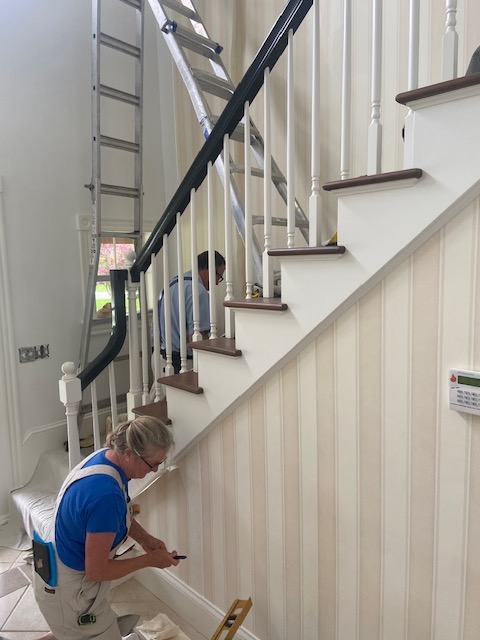
We selected a wide stripe as it’s such a classical element. The paper had to be neutral as the foyer opens up into other rooms. This selection warmed the space and made the 25 foot high ceiling feel more manageable.

How do you like the smoke bell lantern in place of the old chandelier? Its timelessly brilliant light is another way we warmed the large space. This one of a kind, mouth-blown lantern was shipped from London–twice–as the first time it was shipped it arrived broken. When the second lantern arrived–the last one in stock!–we all held our breath as we opened the box.
In earlier days, instead of electric lights there were candles inside, and the top was to keep smoke from damaging the ceiling.
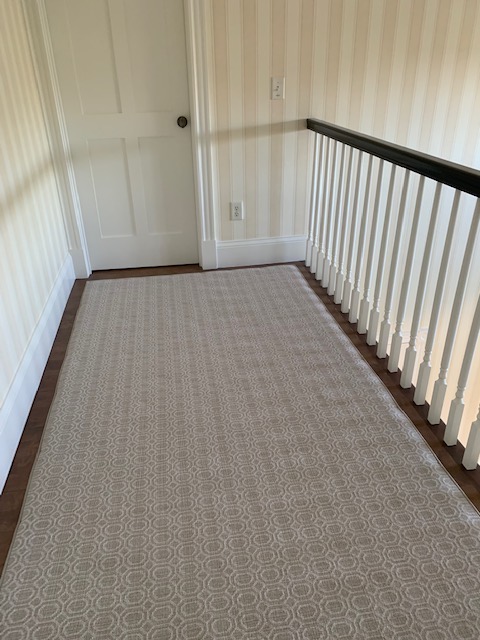
And for softness underfoot: a 100% wool rug by Stark. Both the rug and the wallpaper are made using natural materials, as opposed to a vinyl wall covering or polypropylene for the carpet. With the small pattern the rug is contemporary but also rooted in tradition, and adds to the classic elegance of the home.
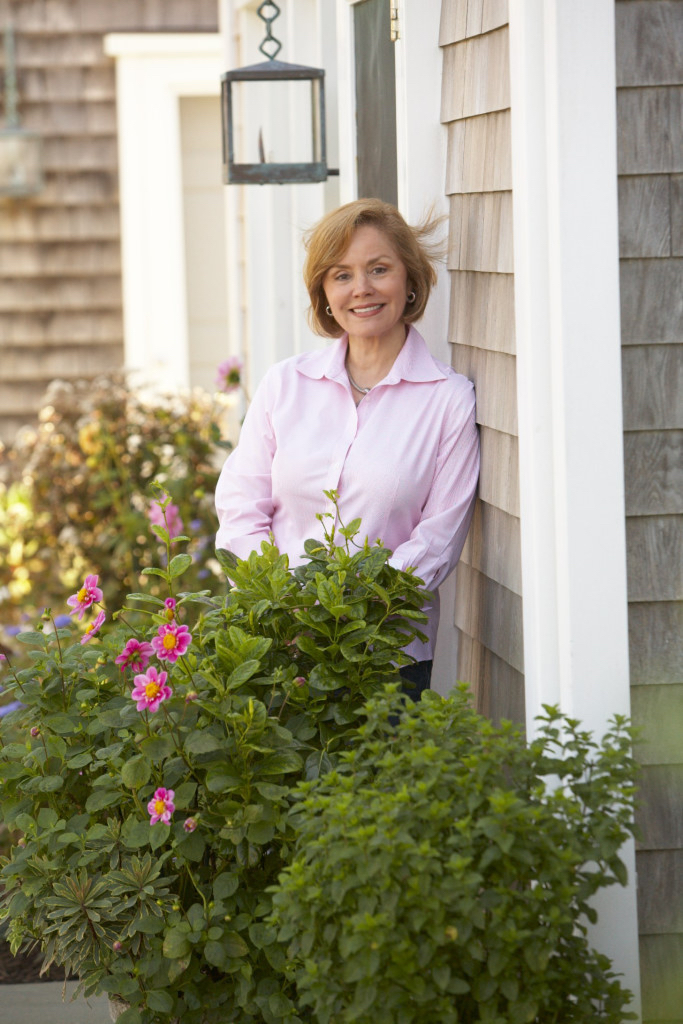
I’m delighted to be blogging again!
Watch for my new blogs once a month, and Instagram (@dujardin_design) and Facebook (@DujardinDesign) posts on Thursdays. Once a season I’ll send a newsy email letter to you, too! Be sure to subscribe to get all the best design advice and beautiful inspiration through photos of our projects. I want all of us to live in happy, well-designed, healthy homes!
Remember, you want this:
“What you surround yourself with should bring you peace of mind and peace of spirit.”–Stacy London
Not this:
“This wallpaper is dreadful, one of us will have to go.”–Oscar Wilde




